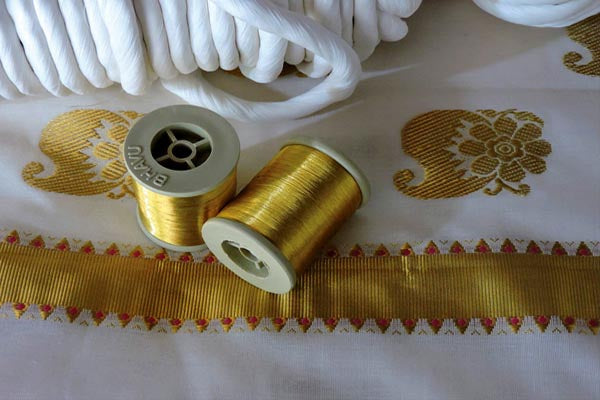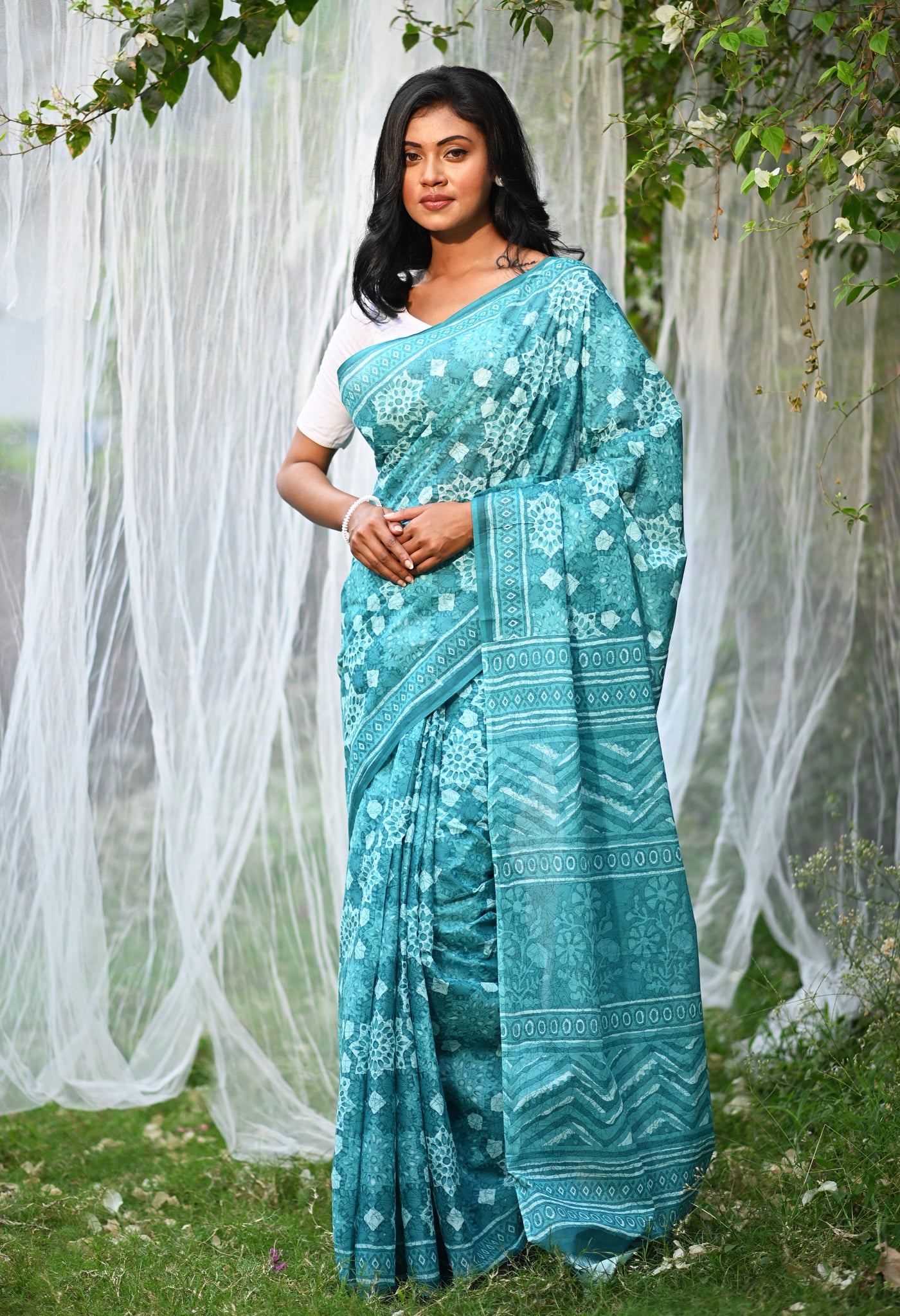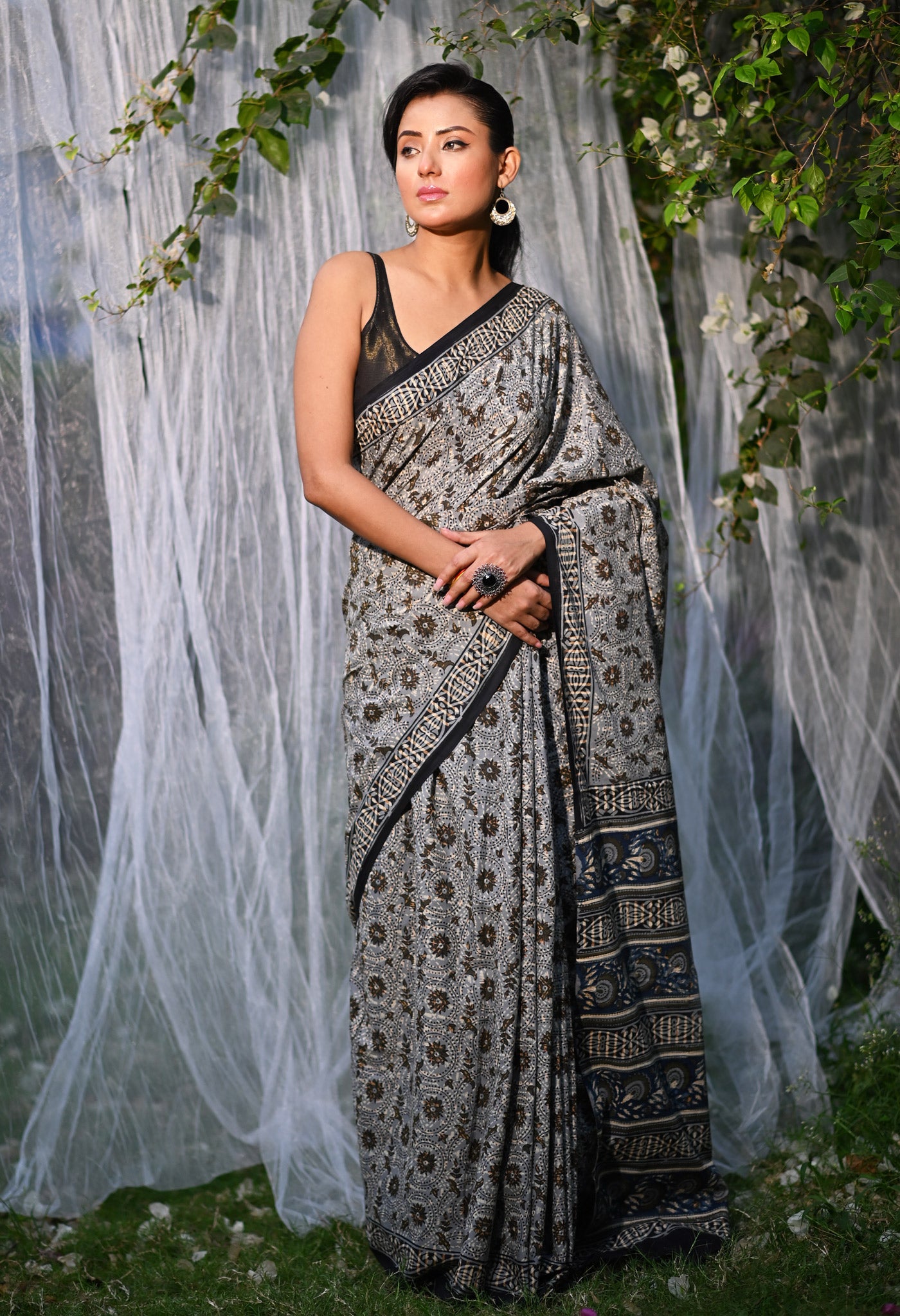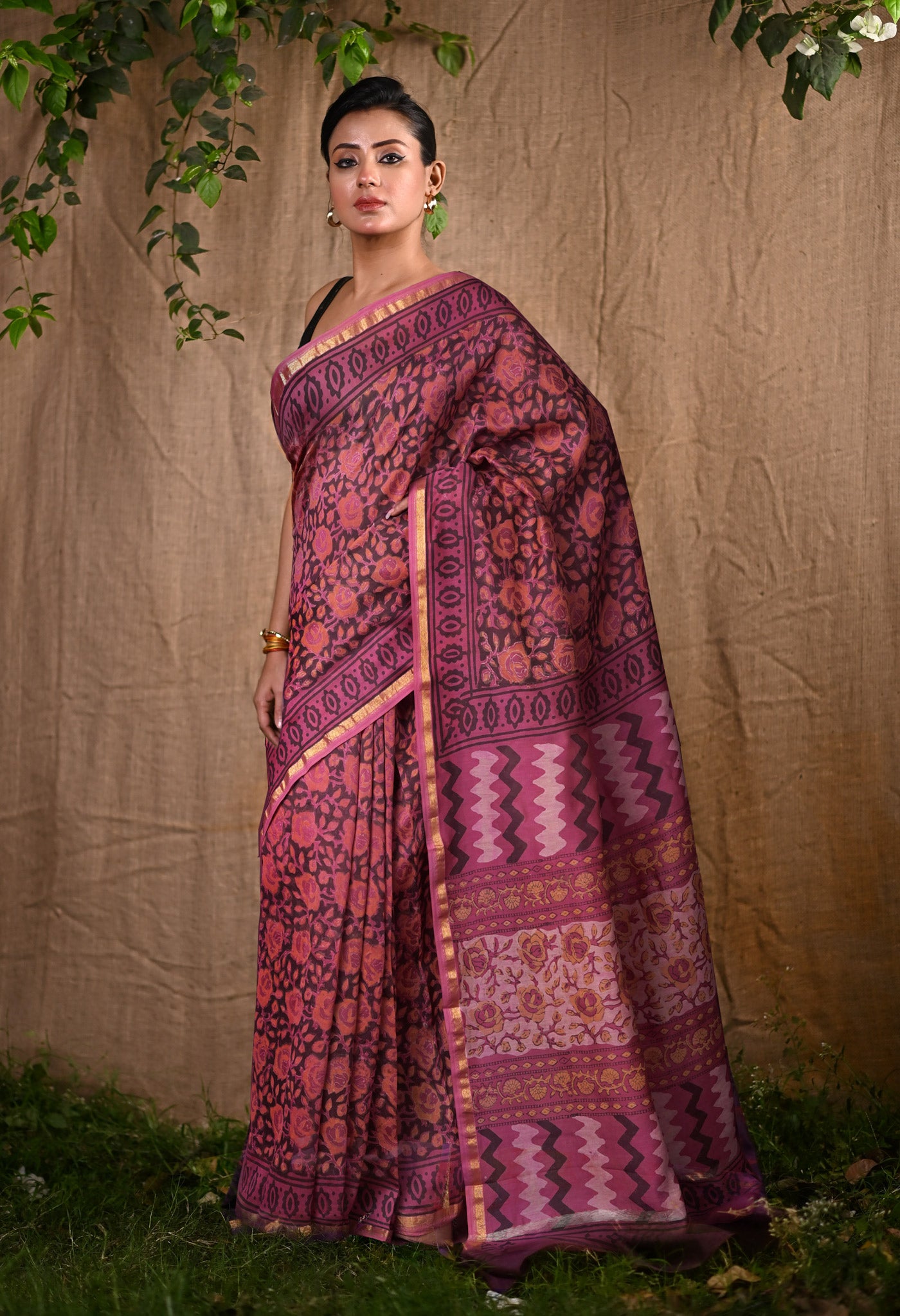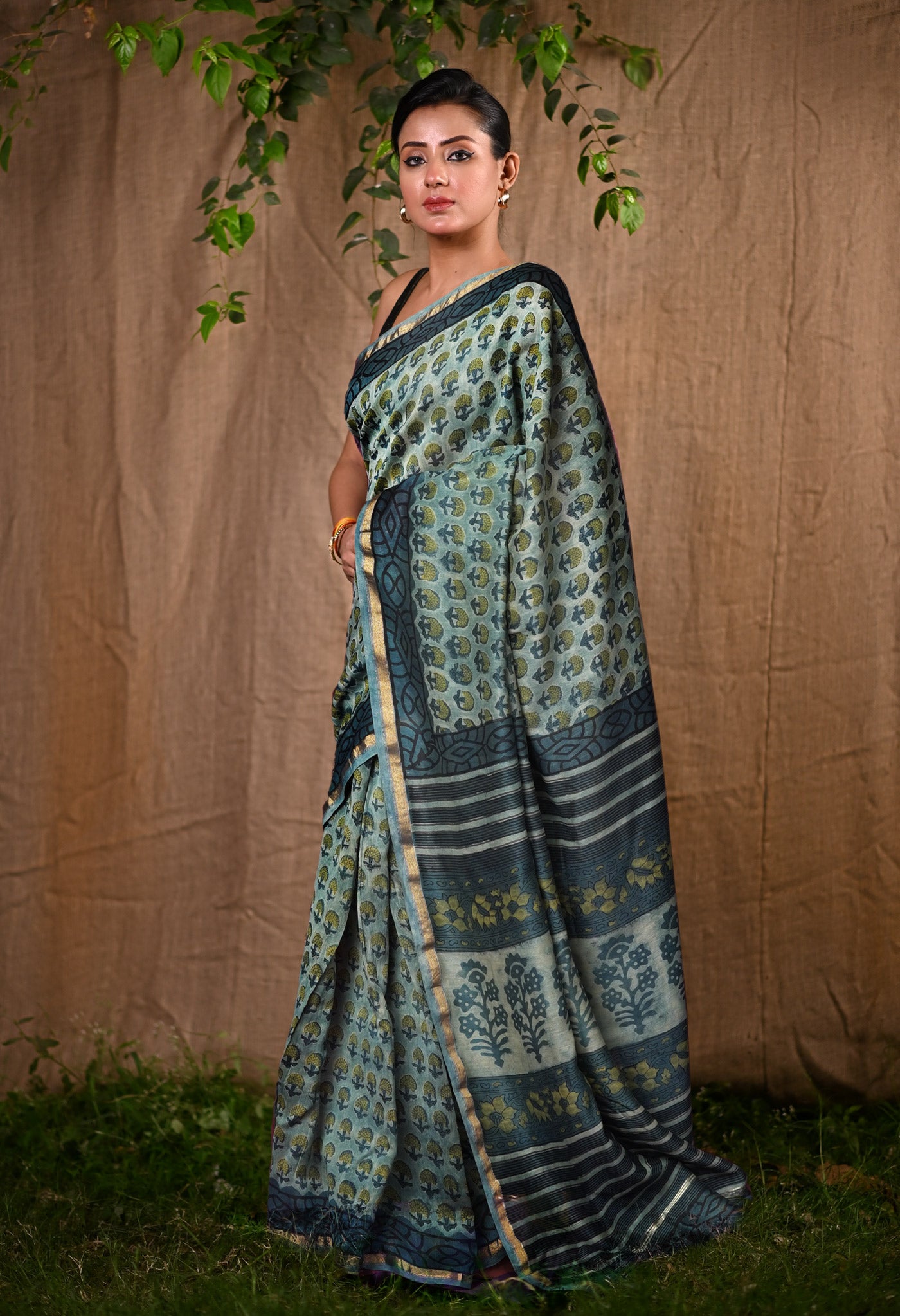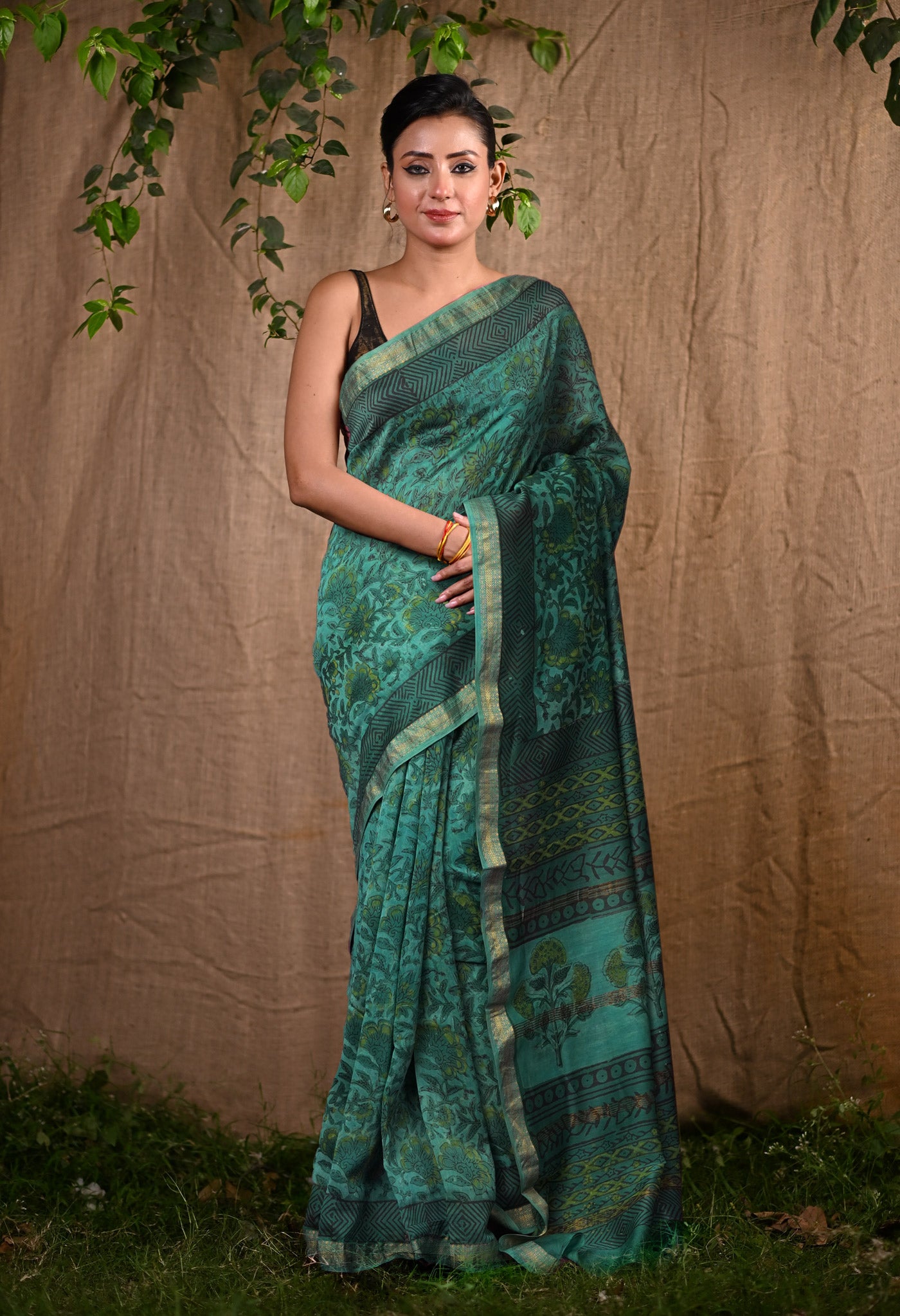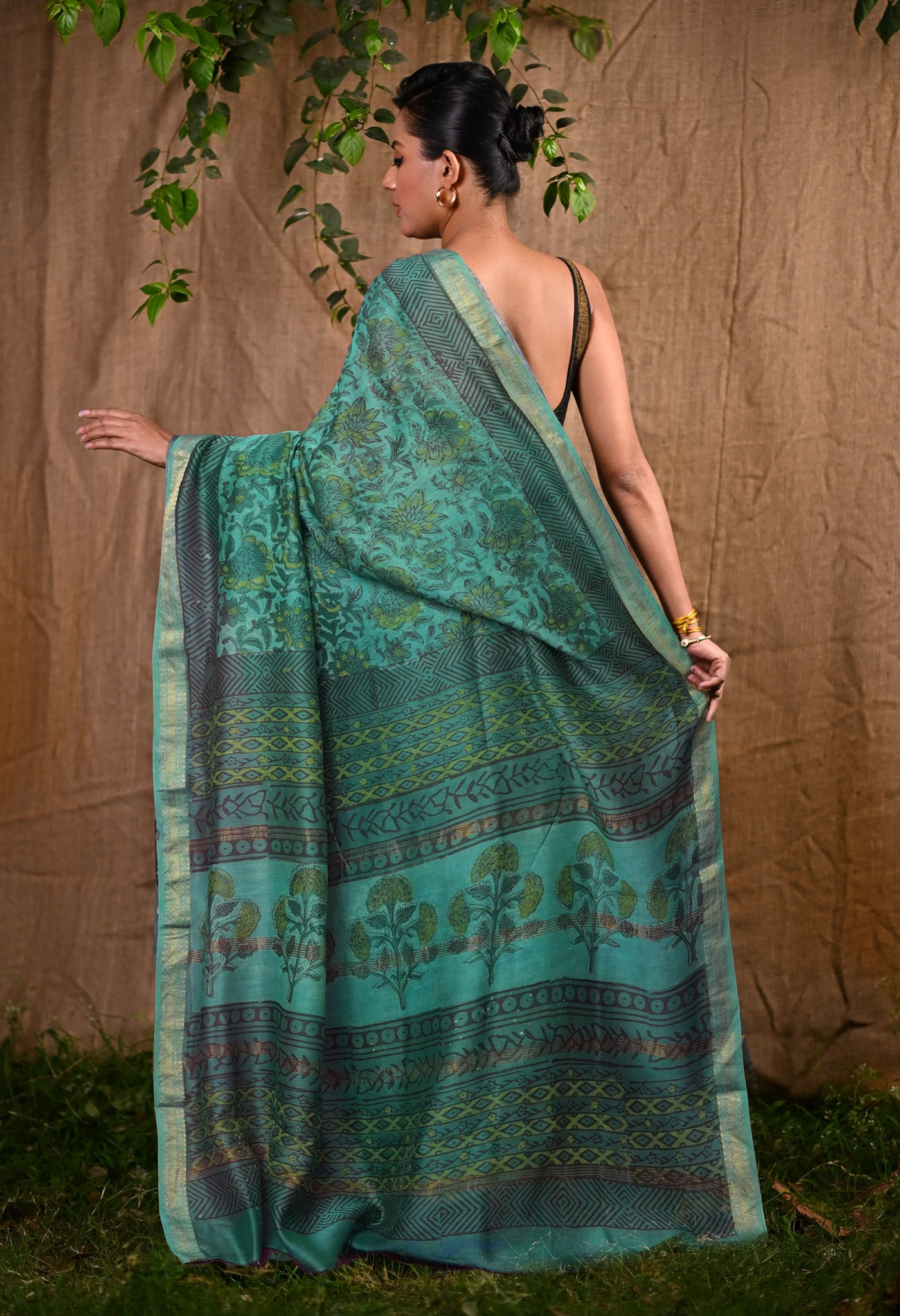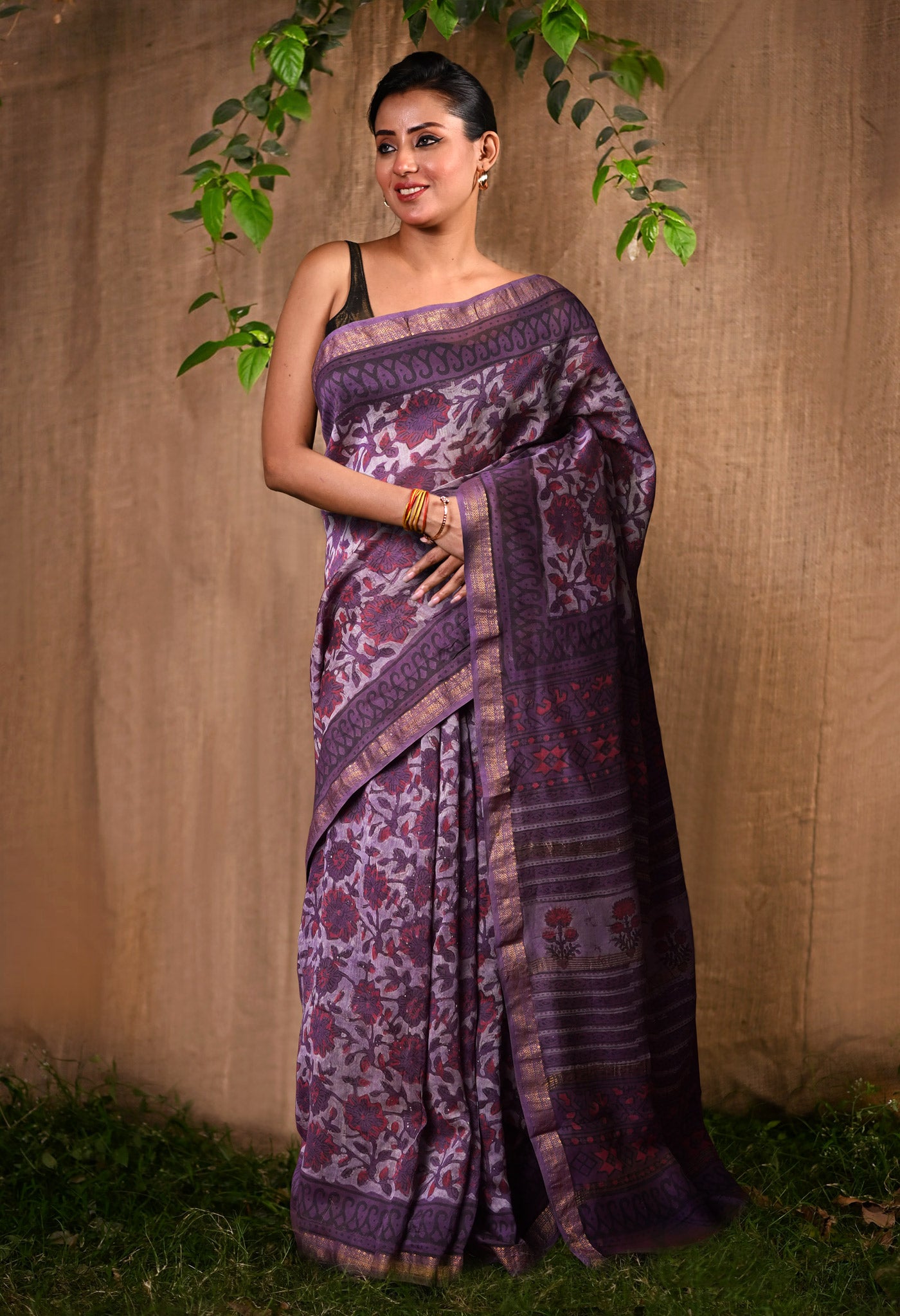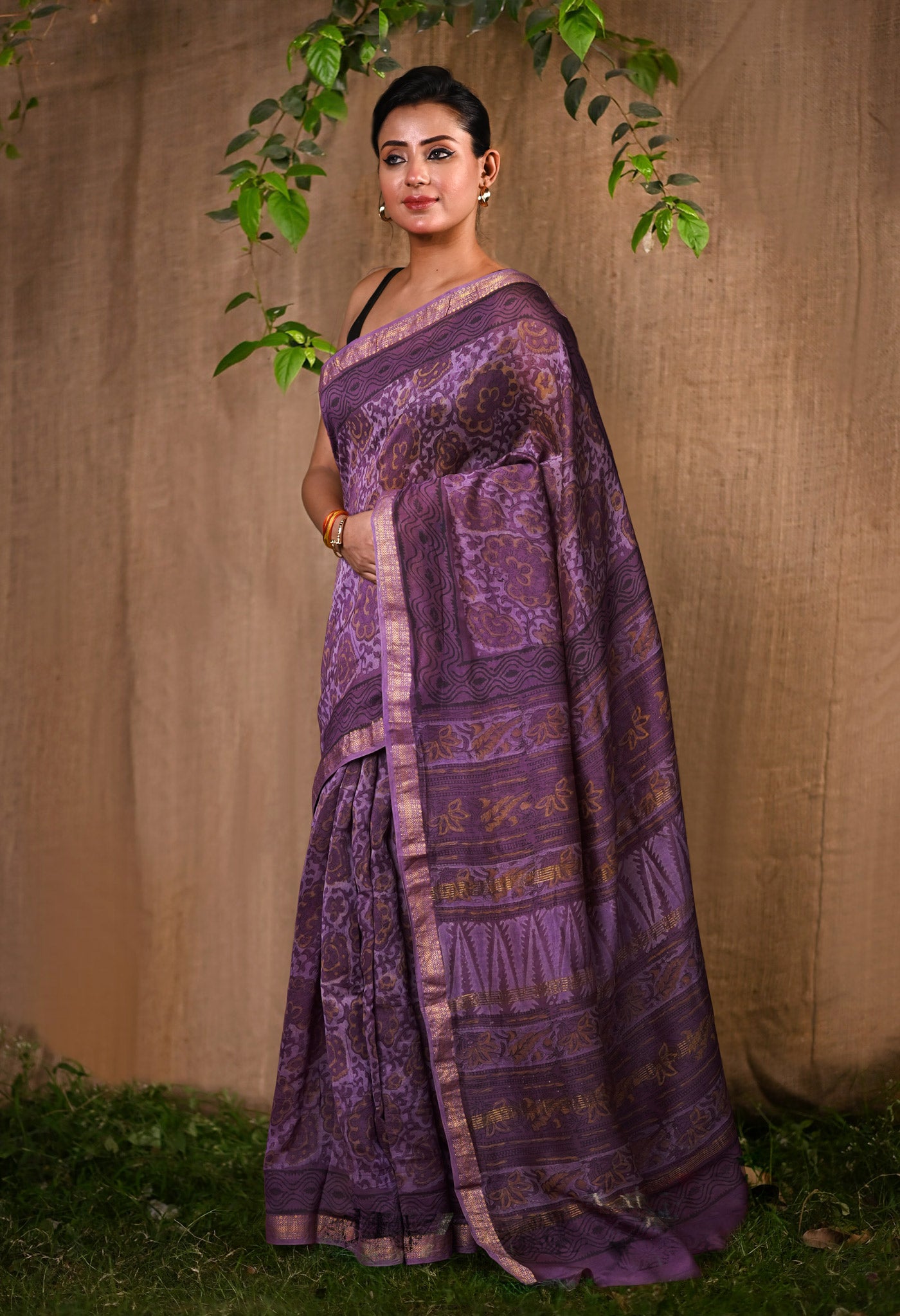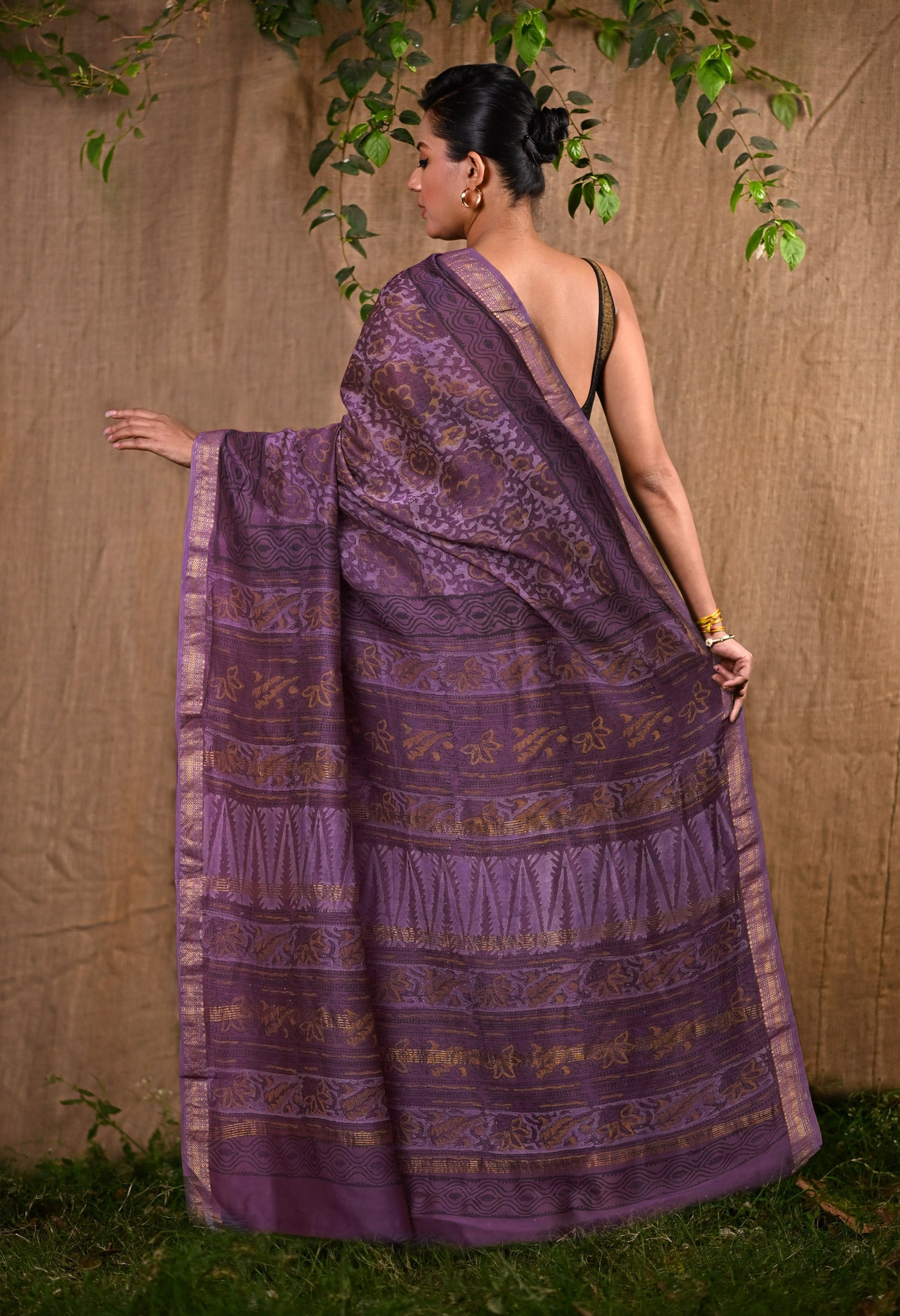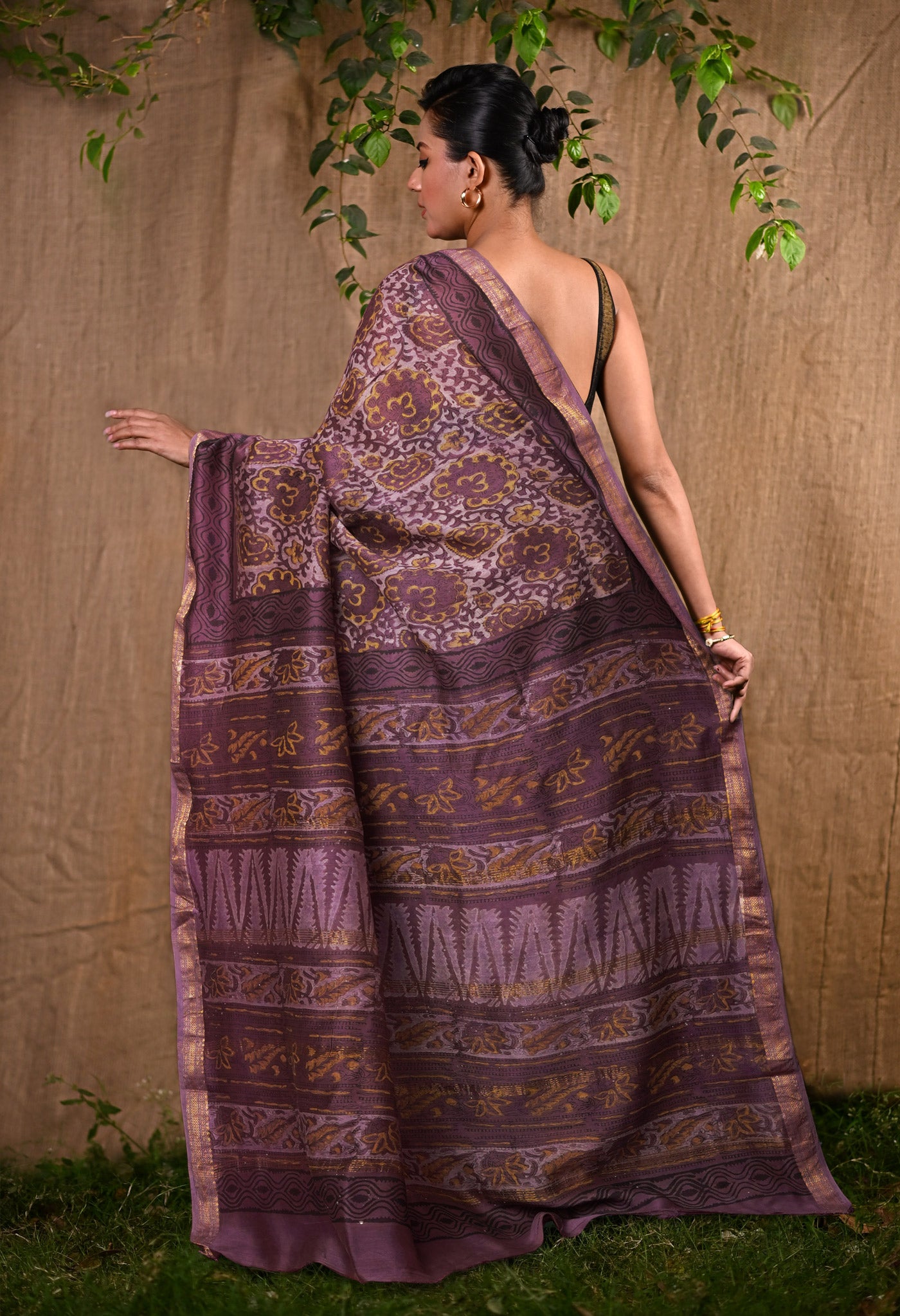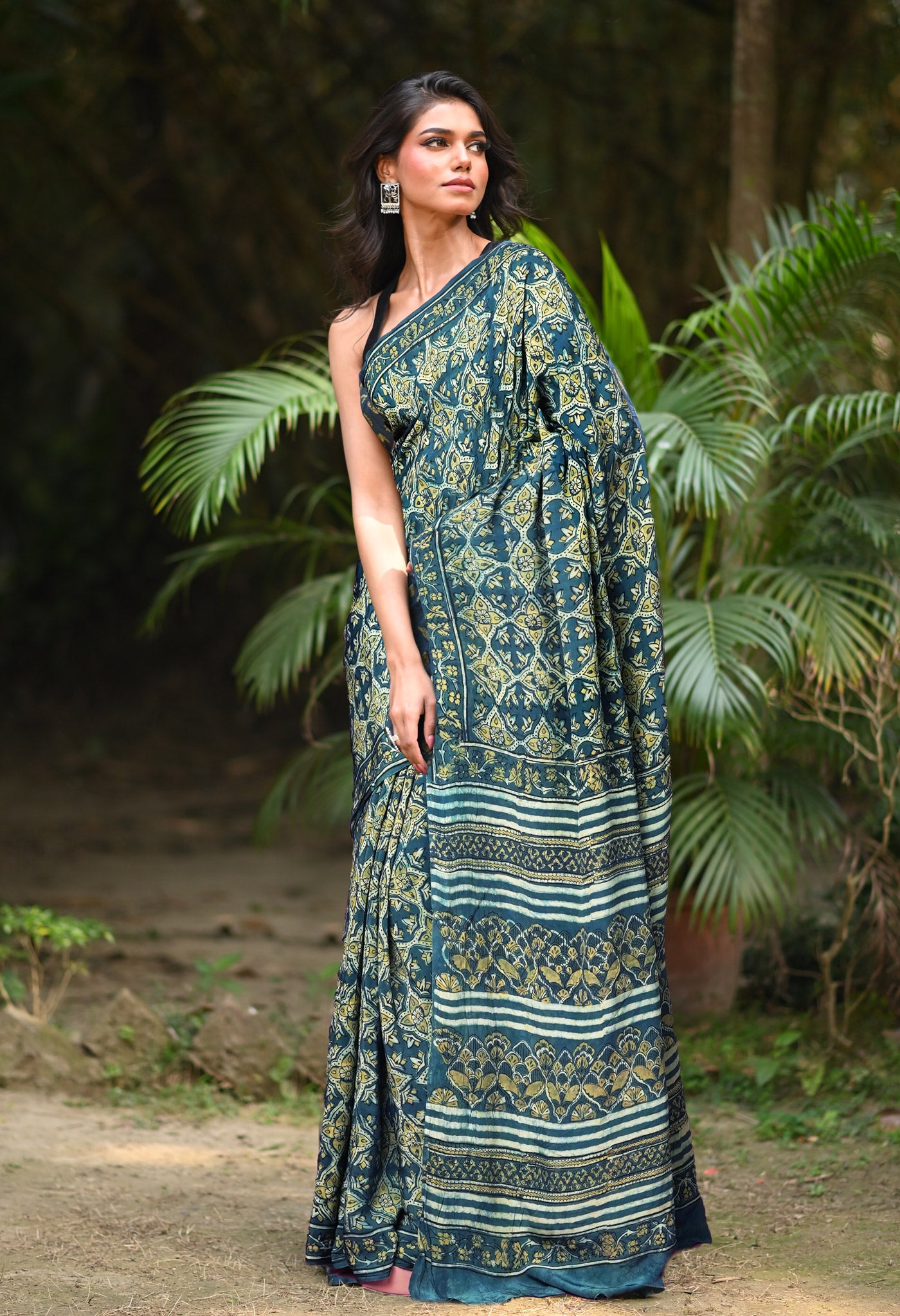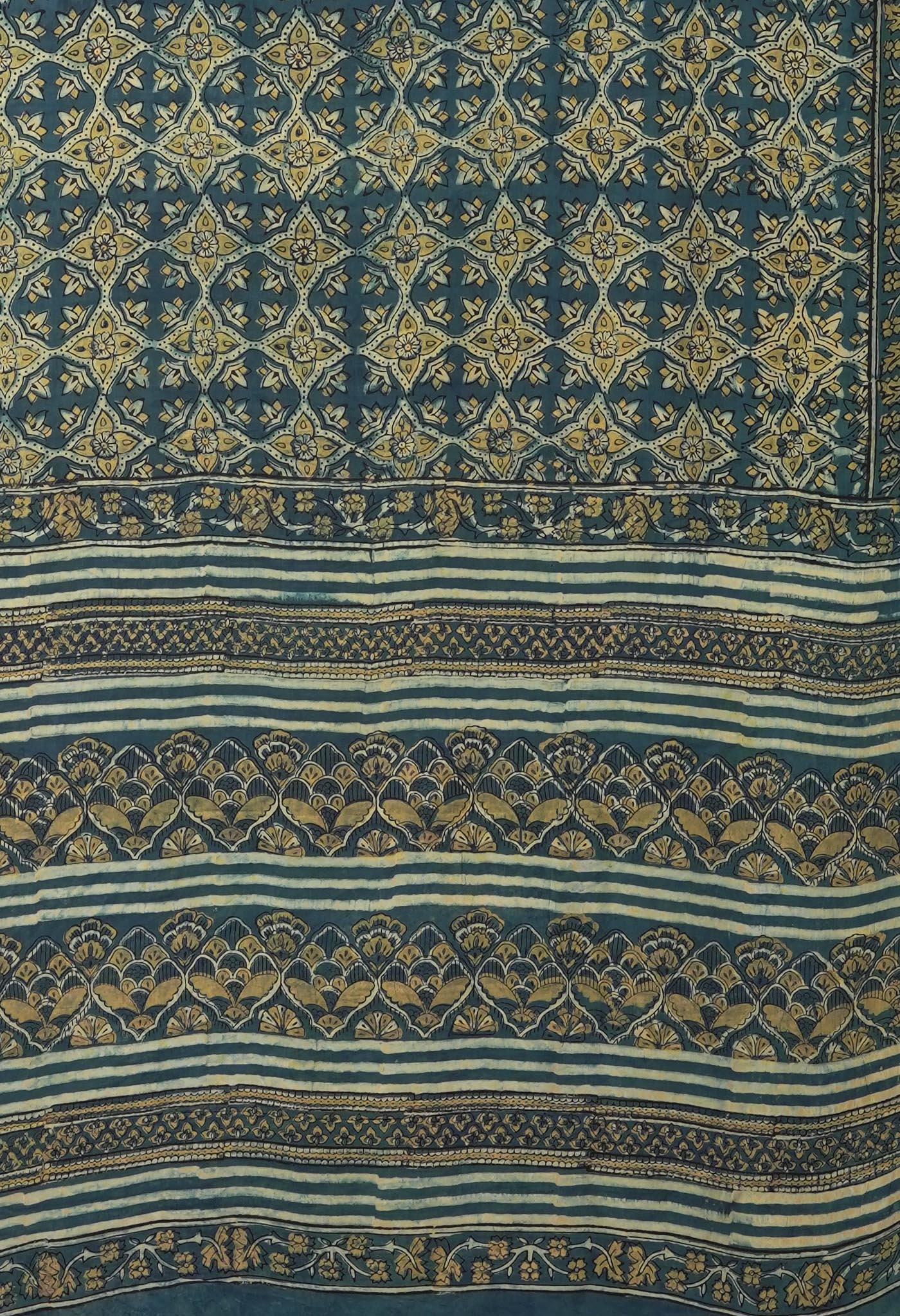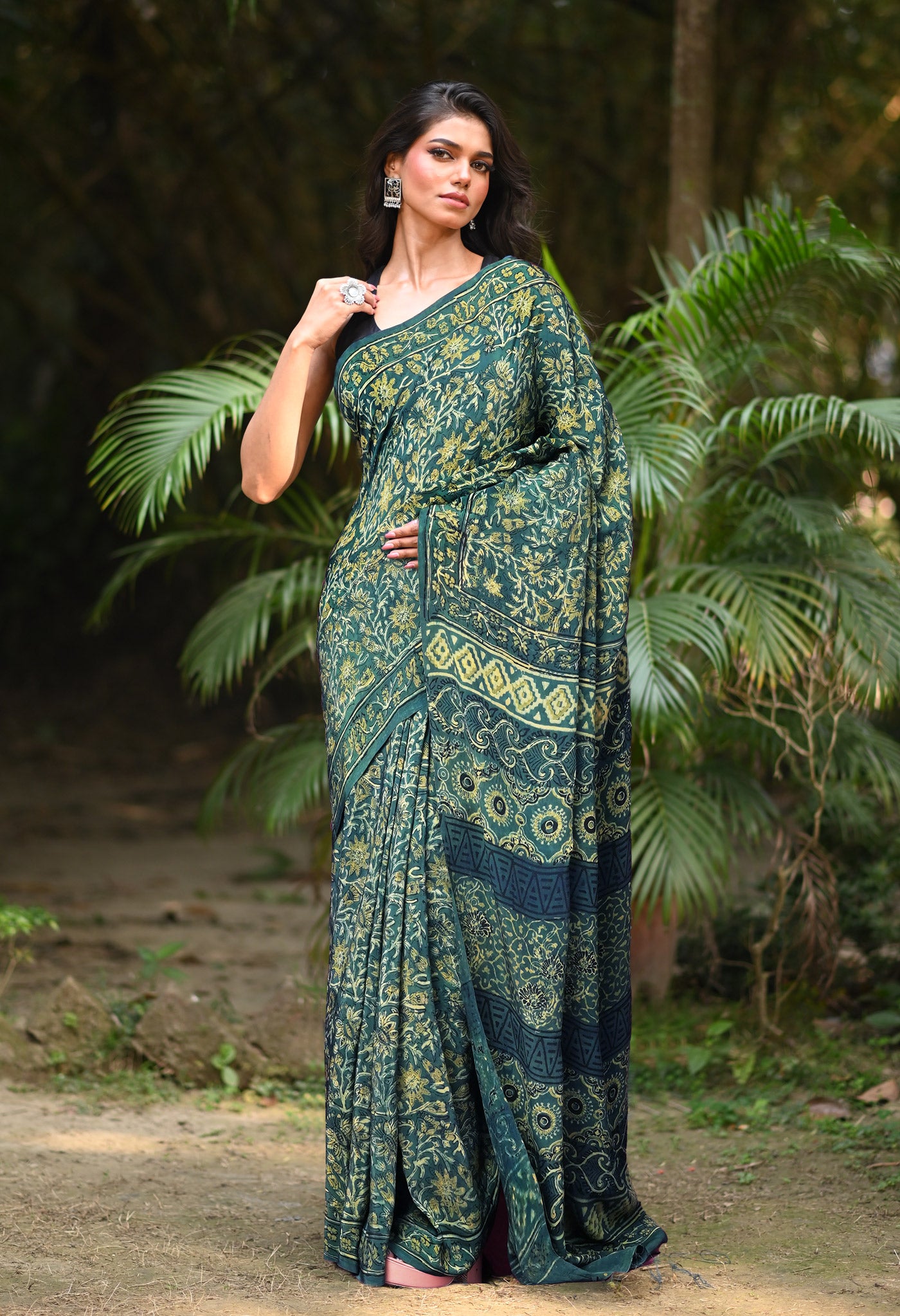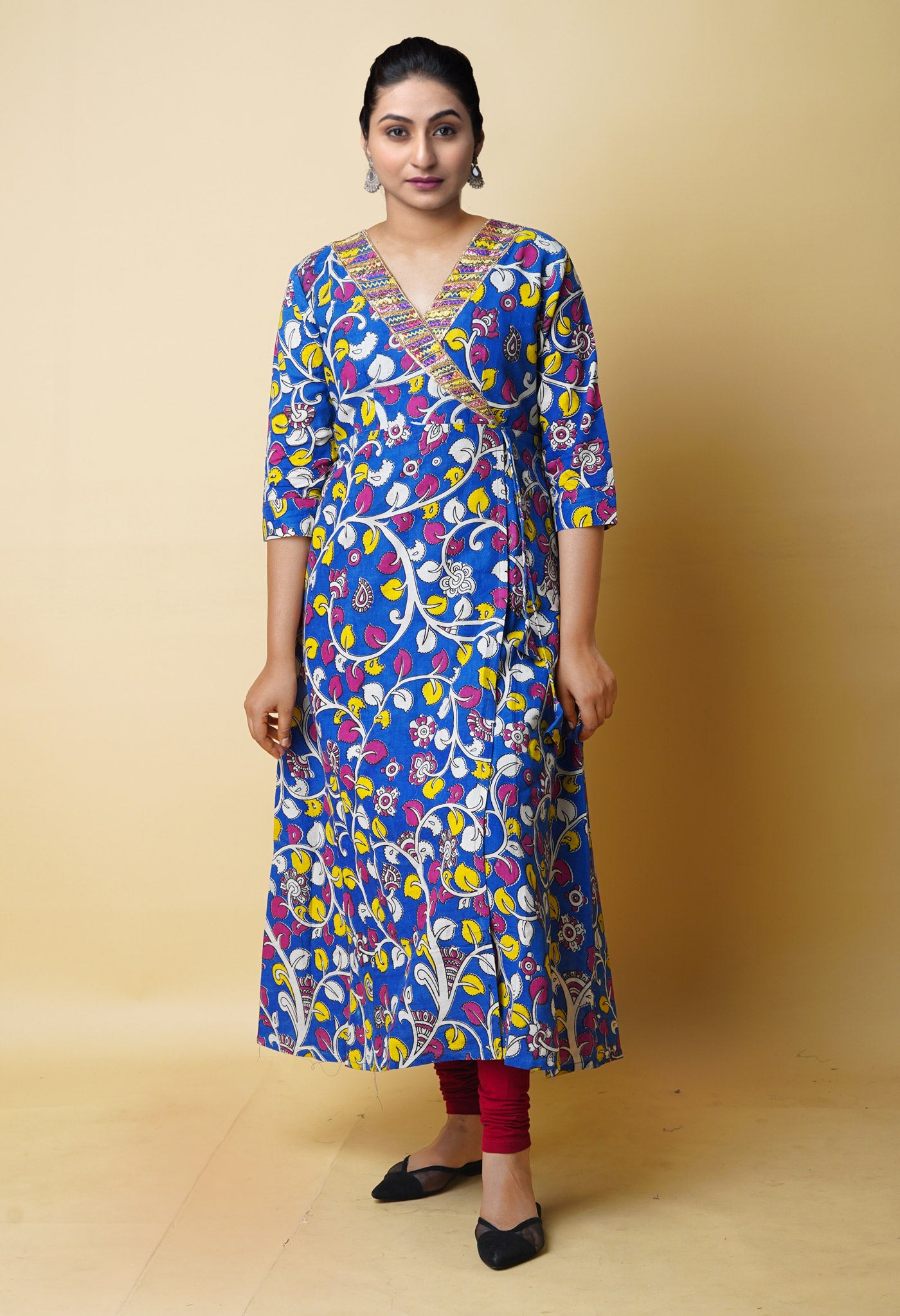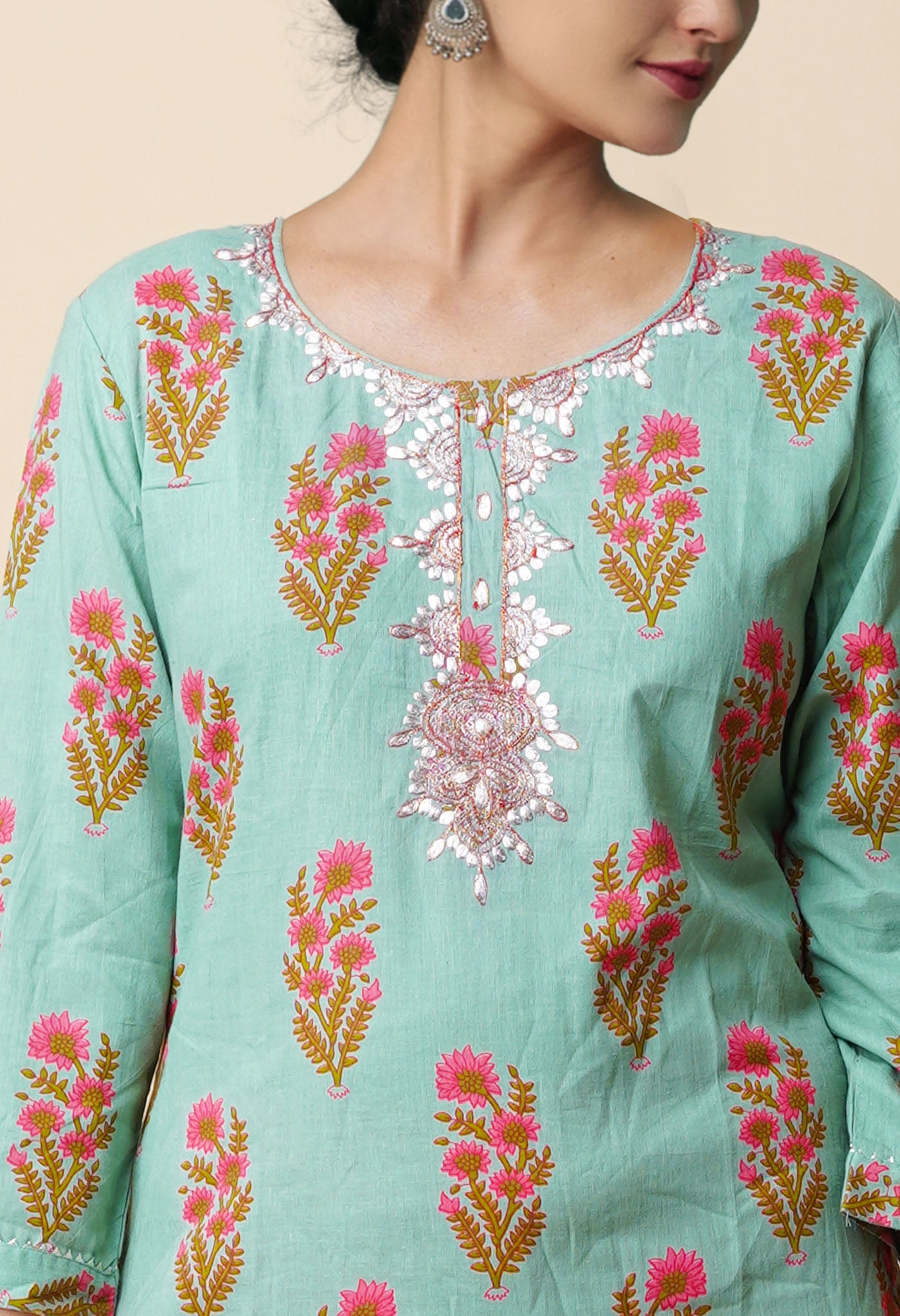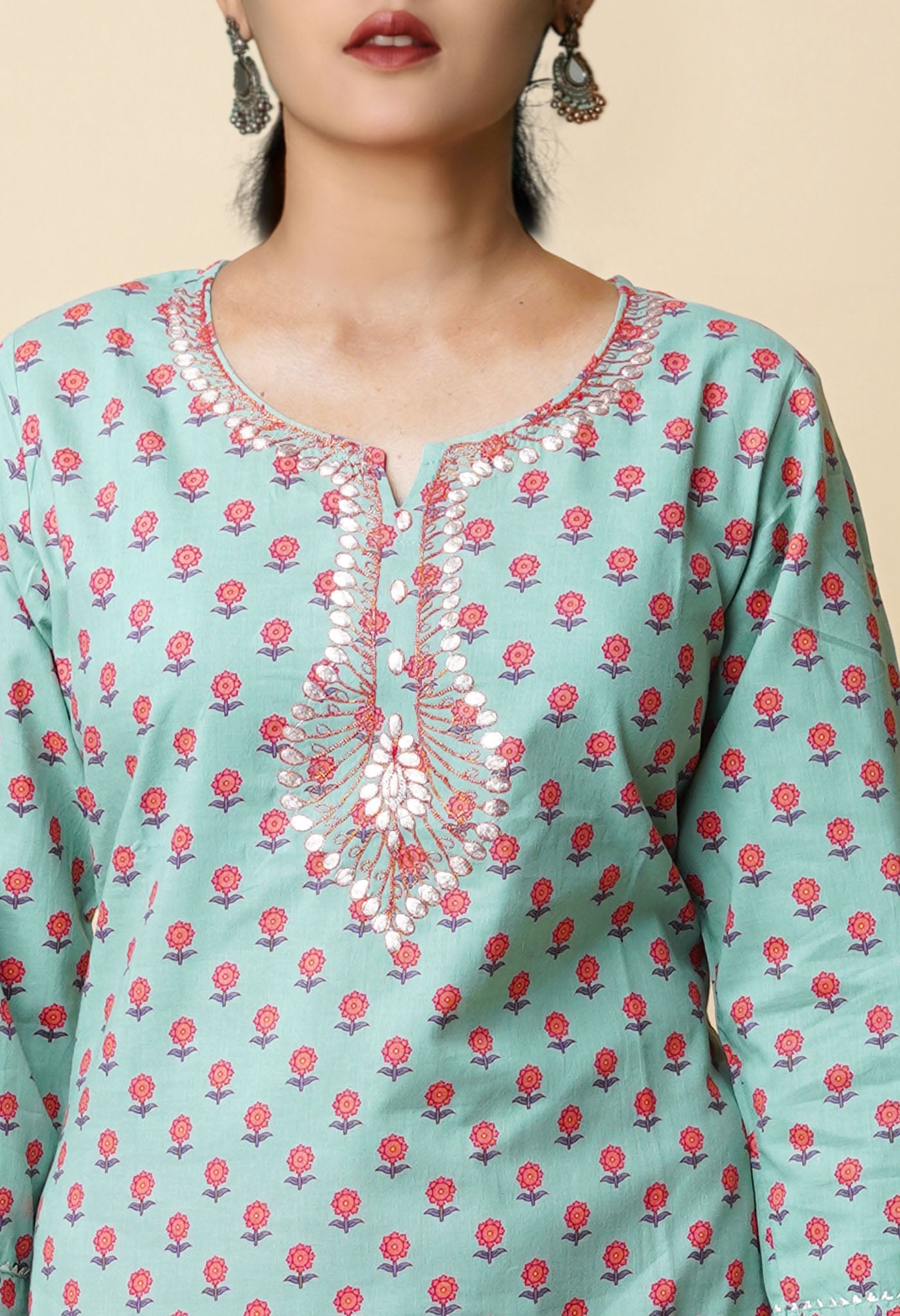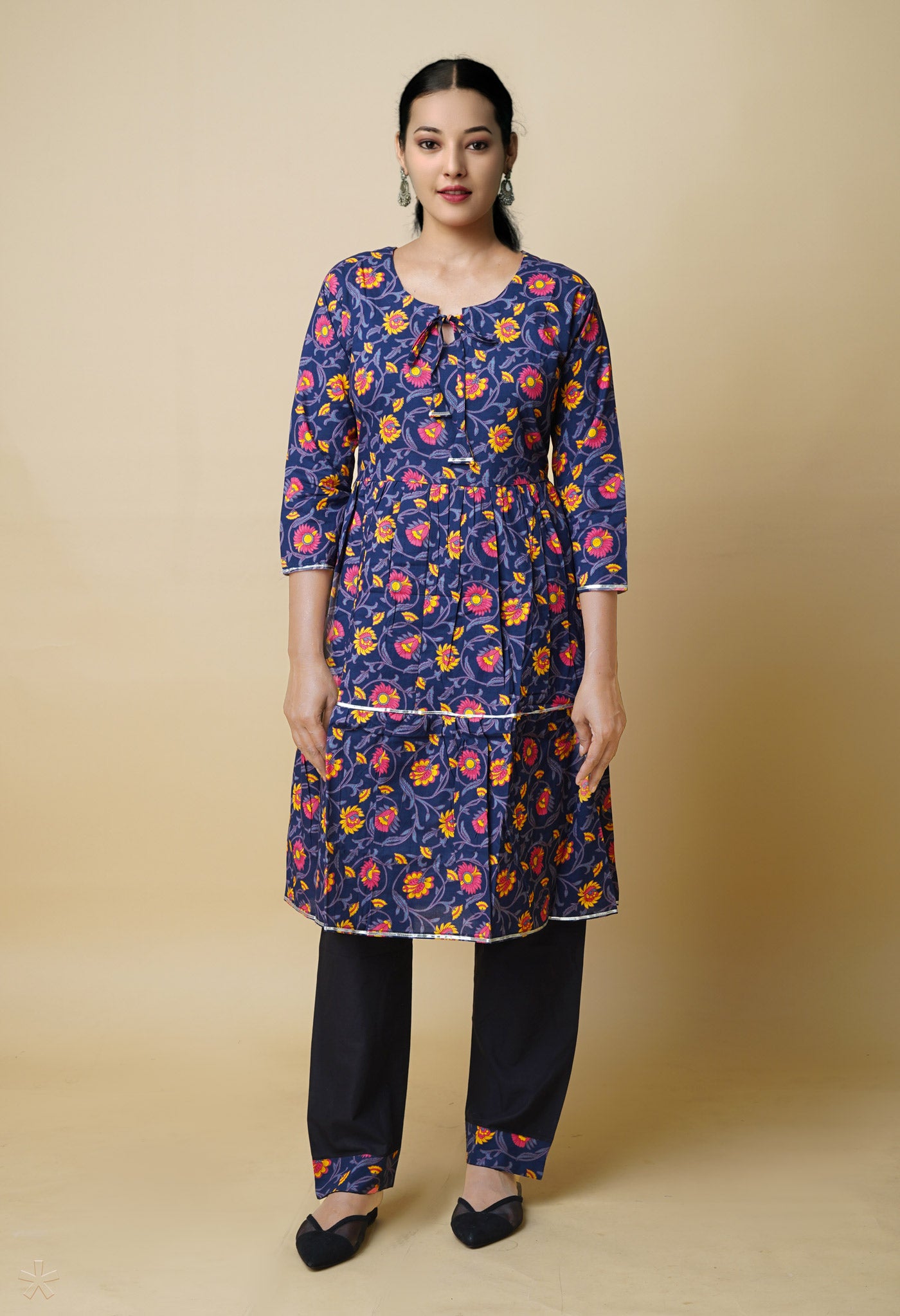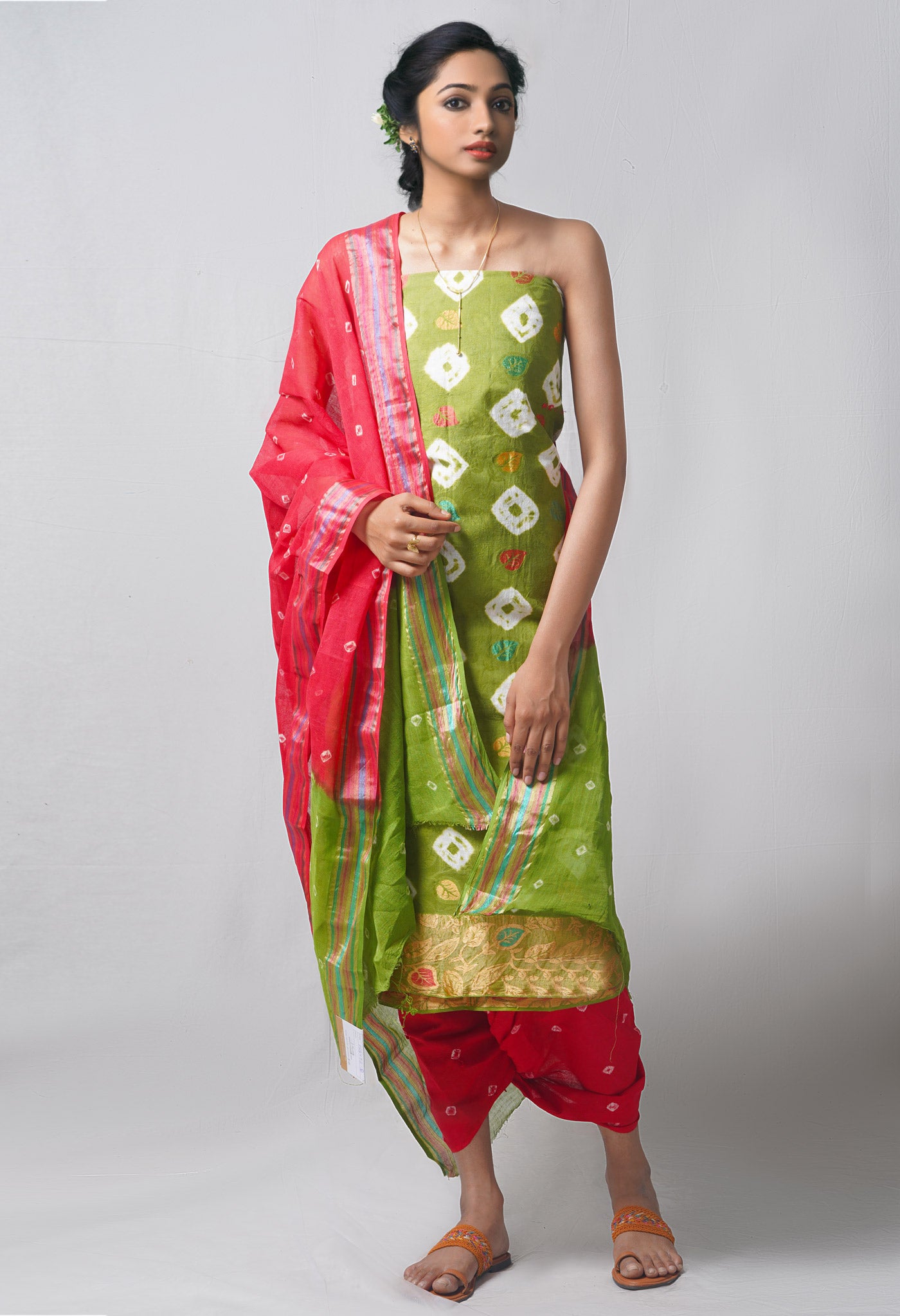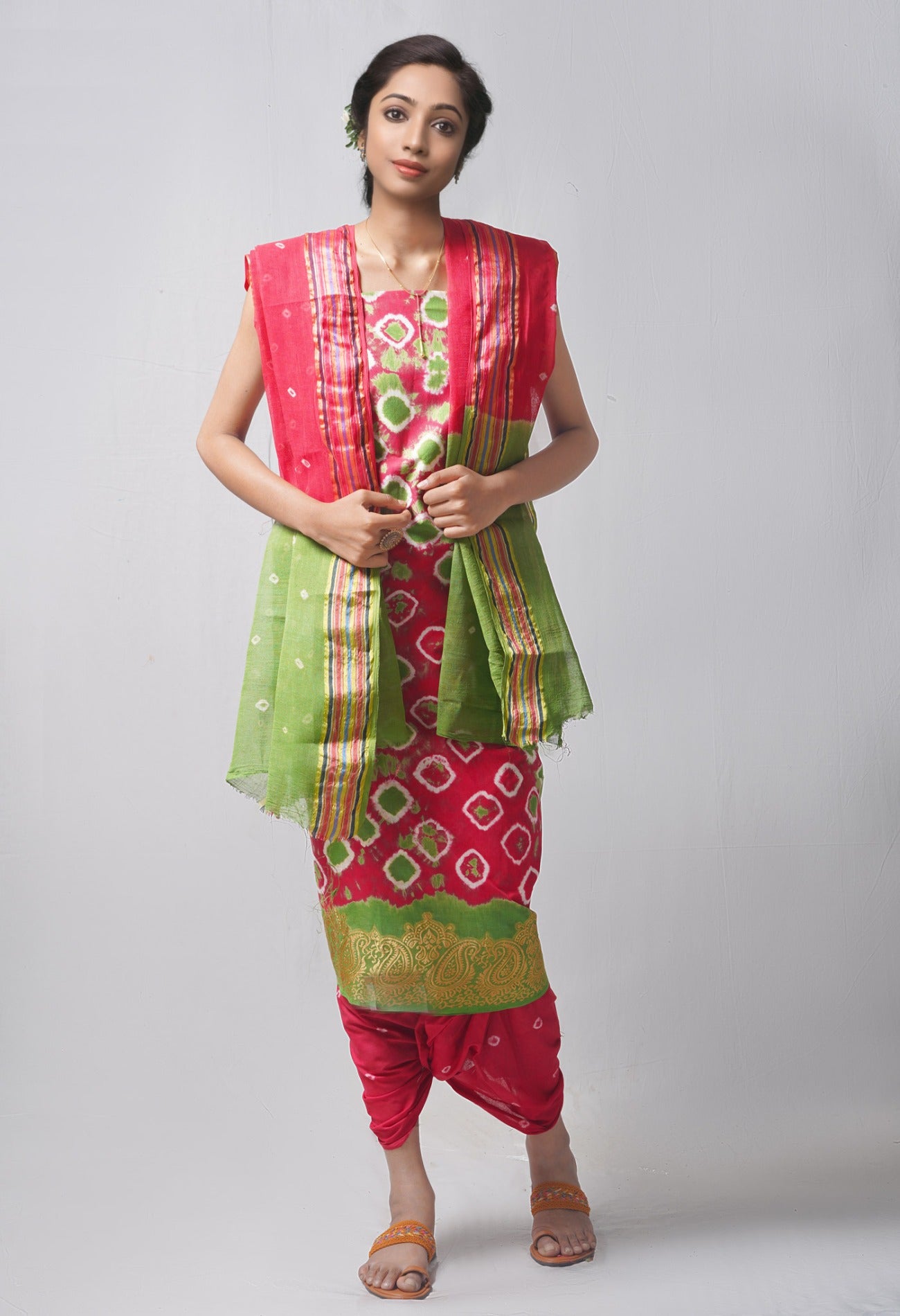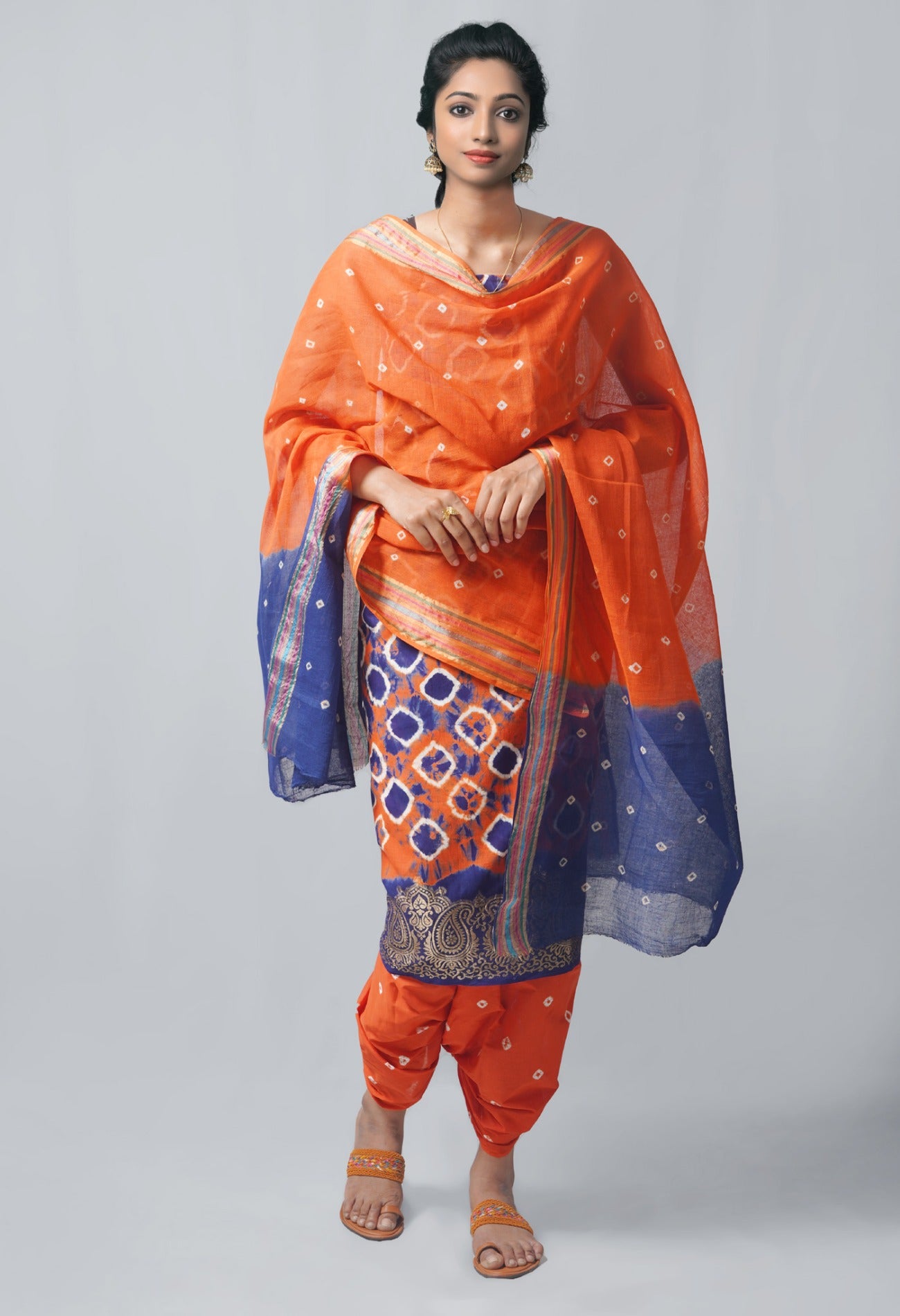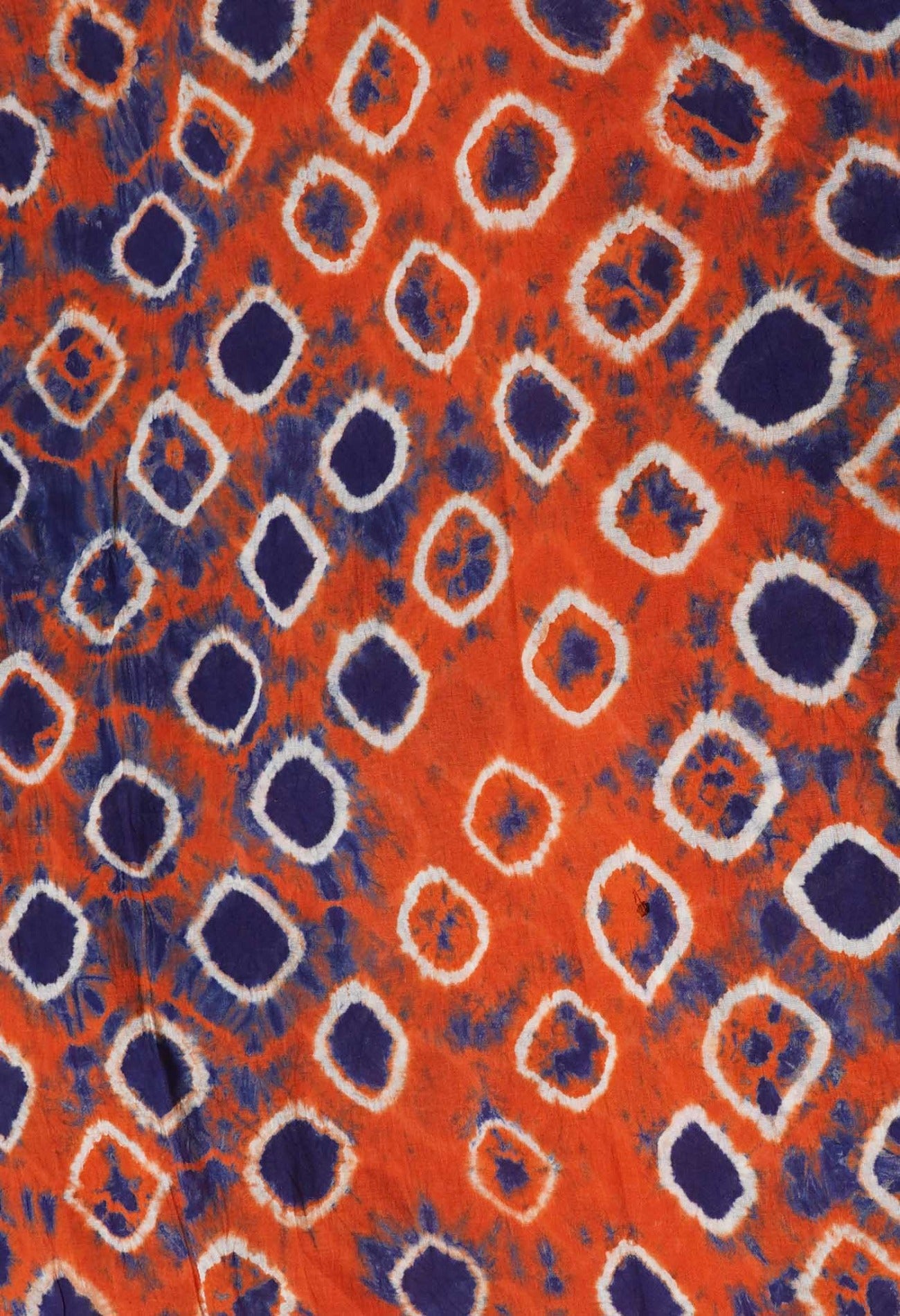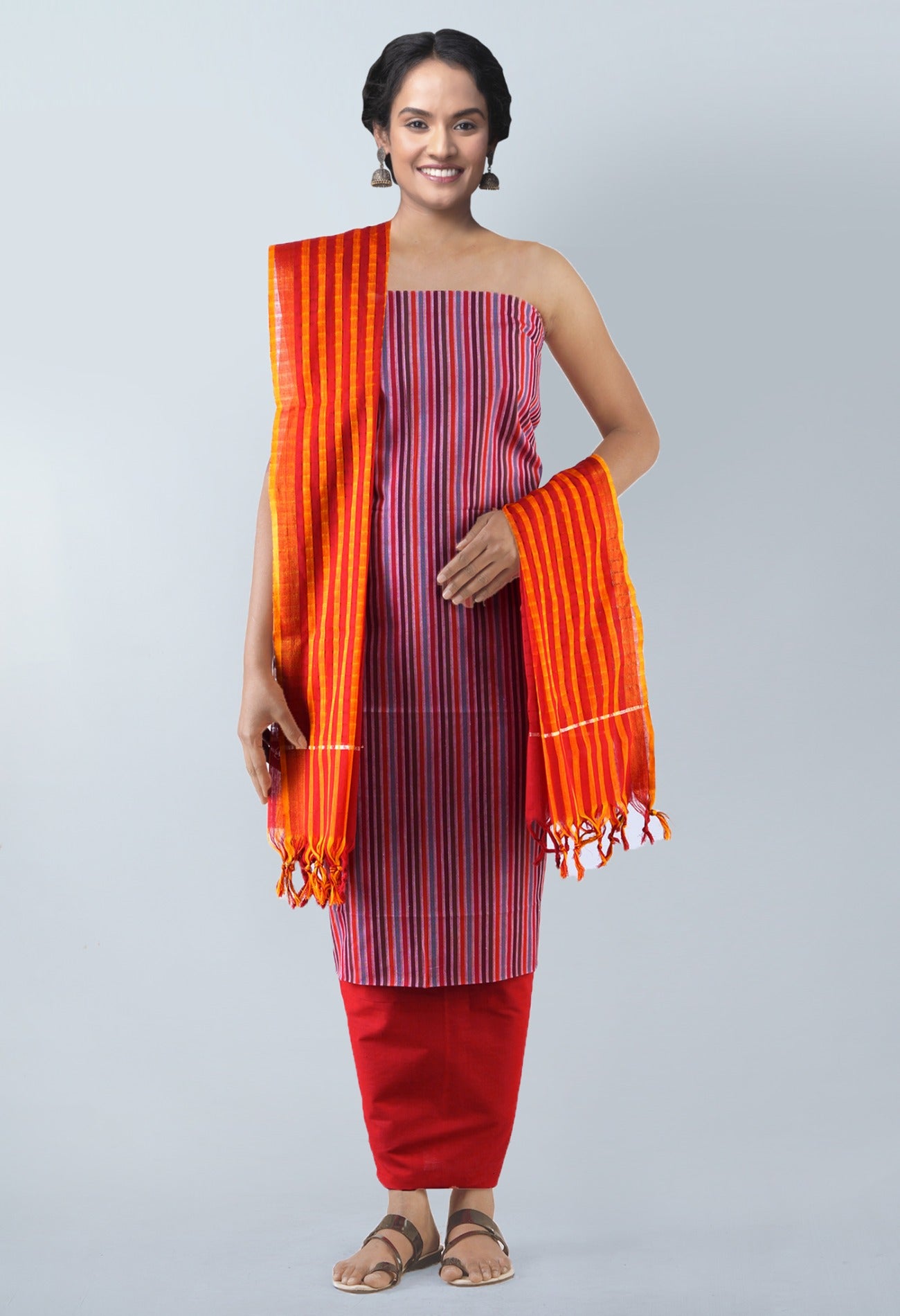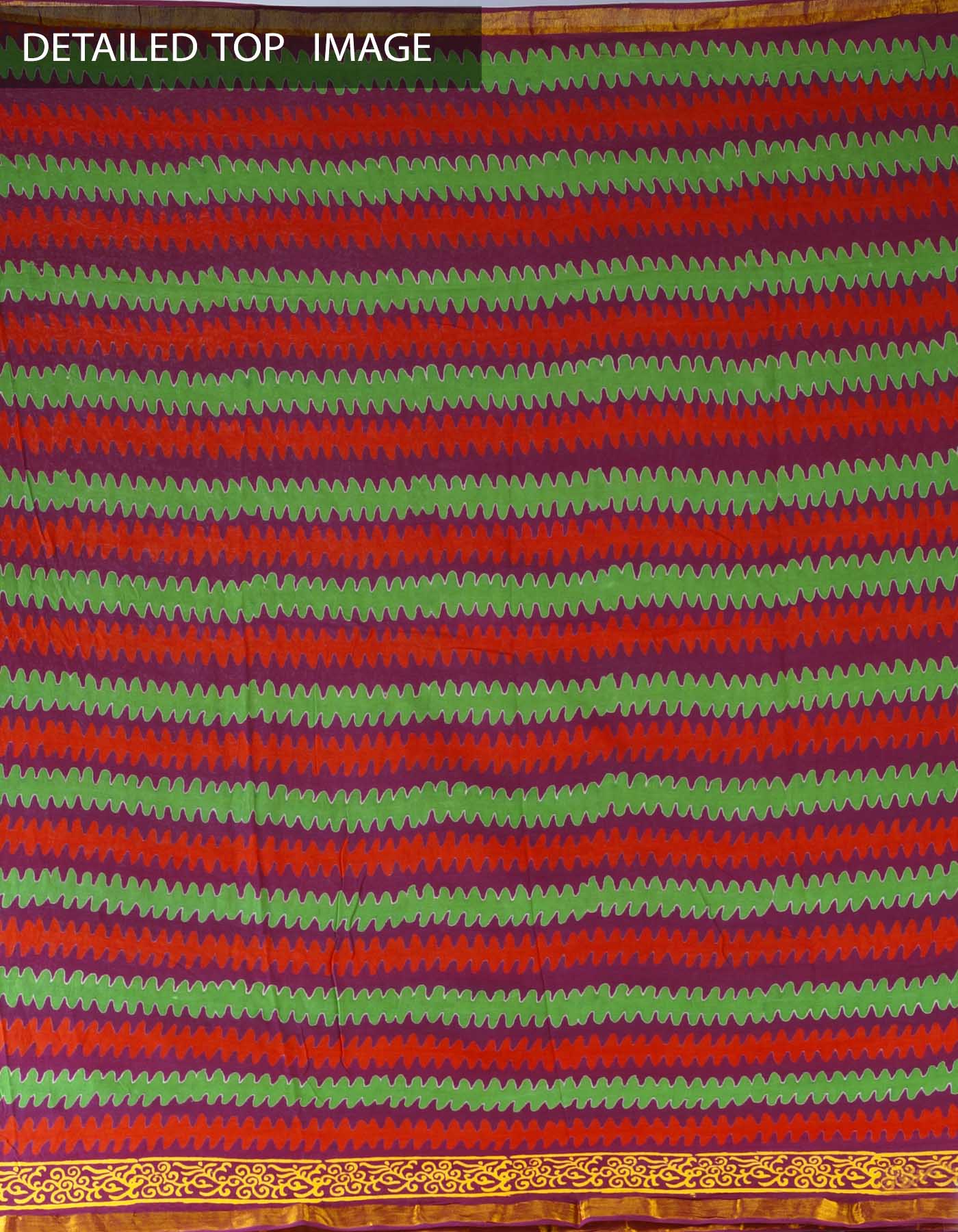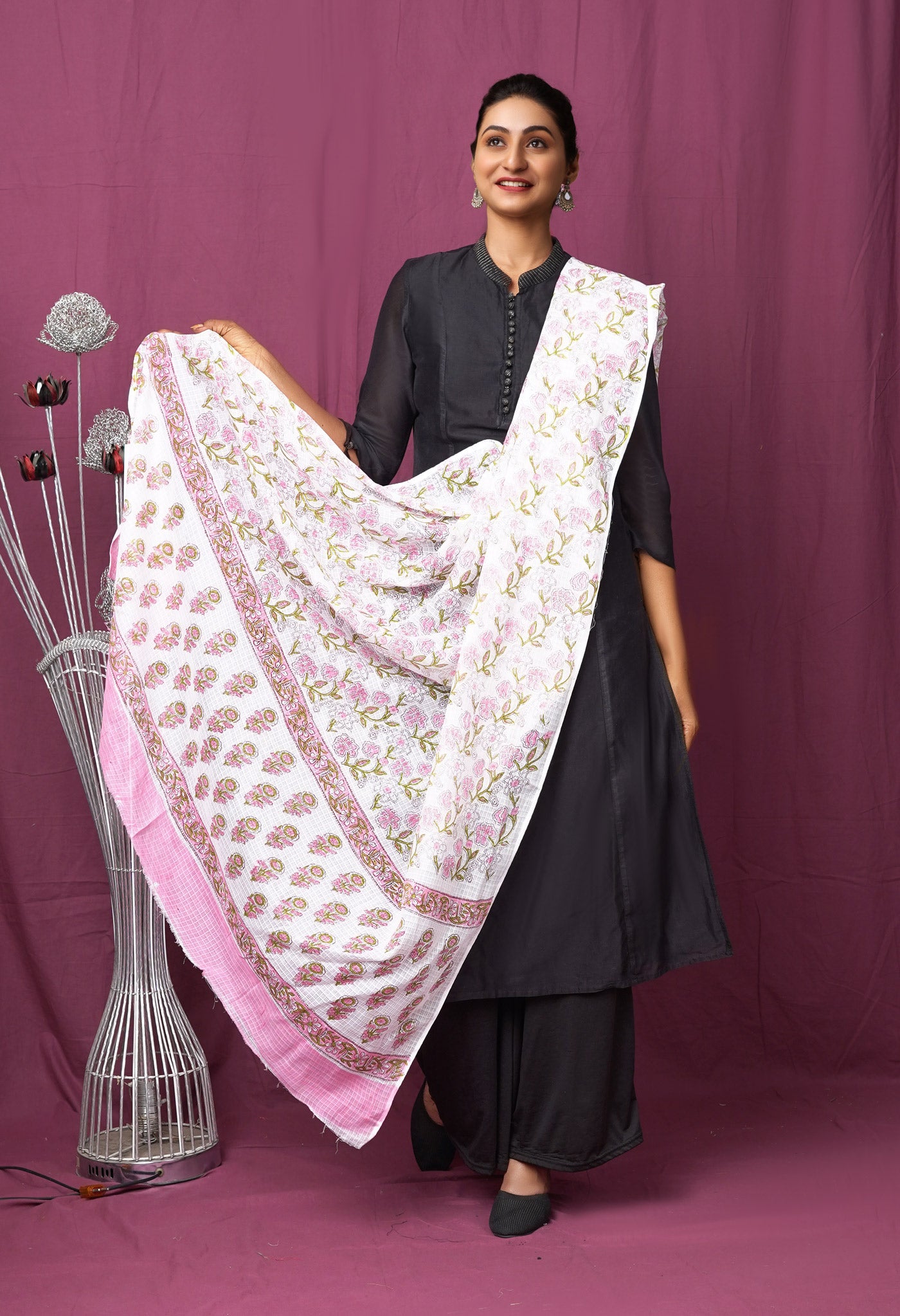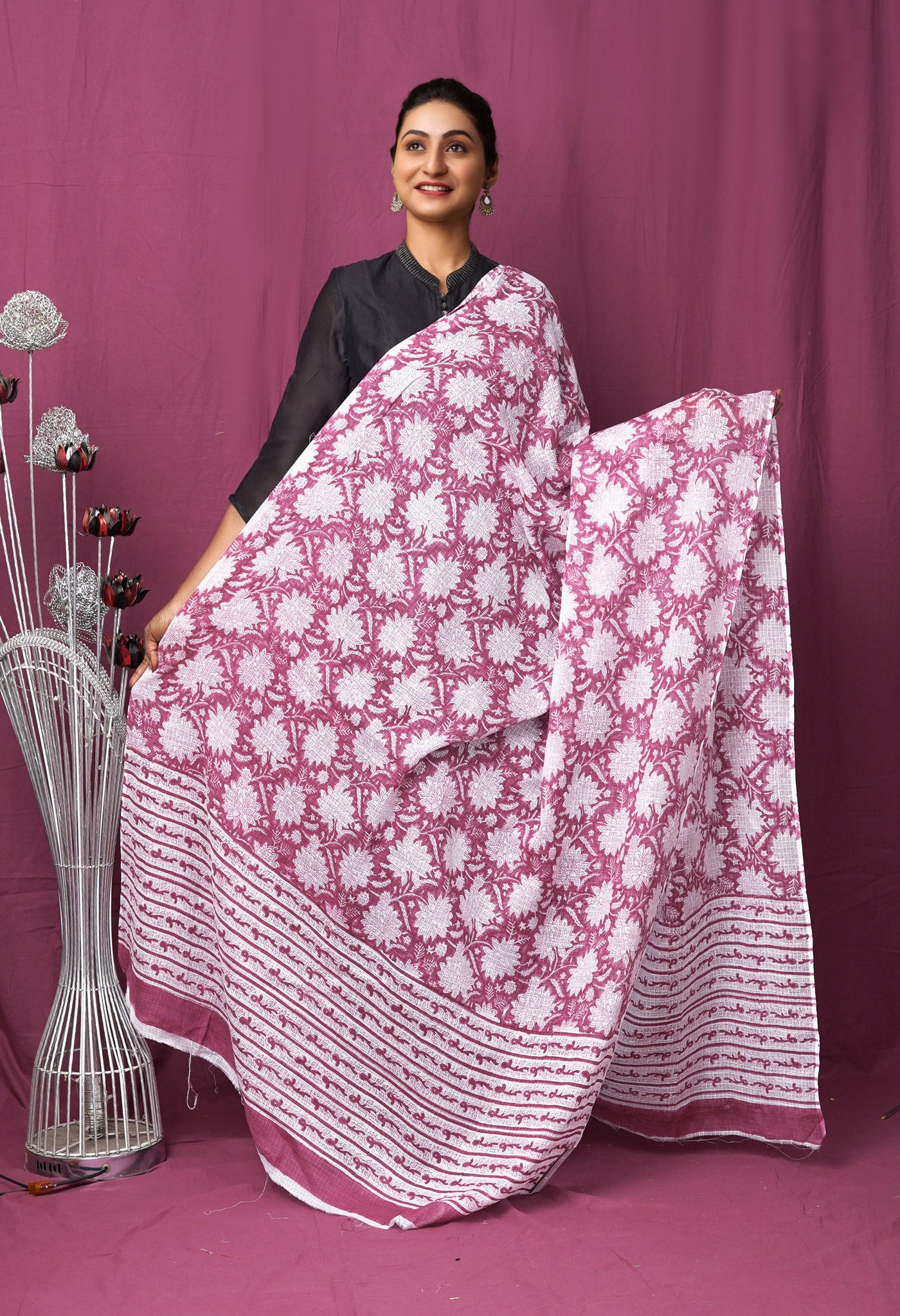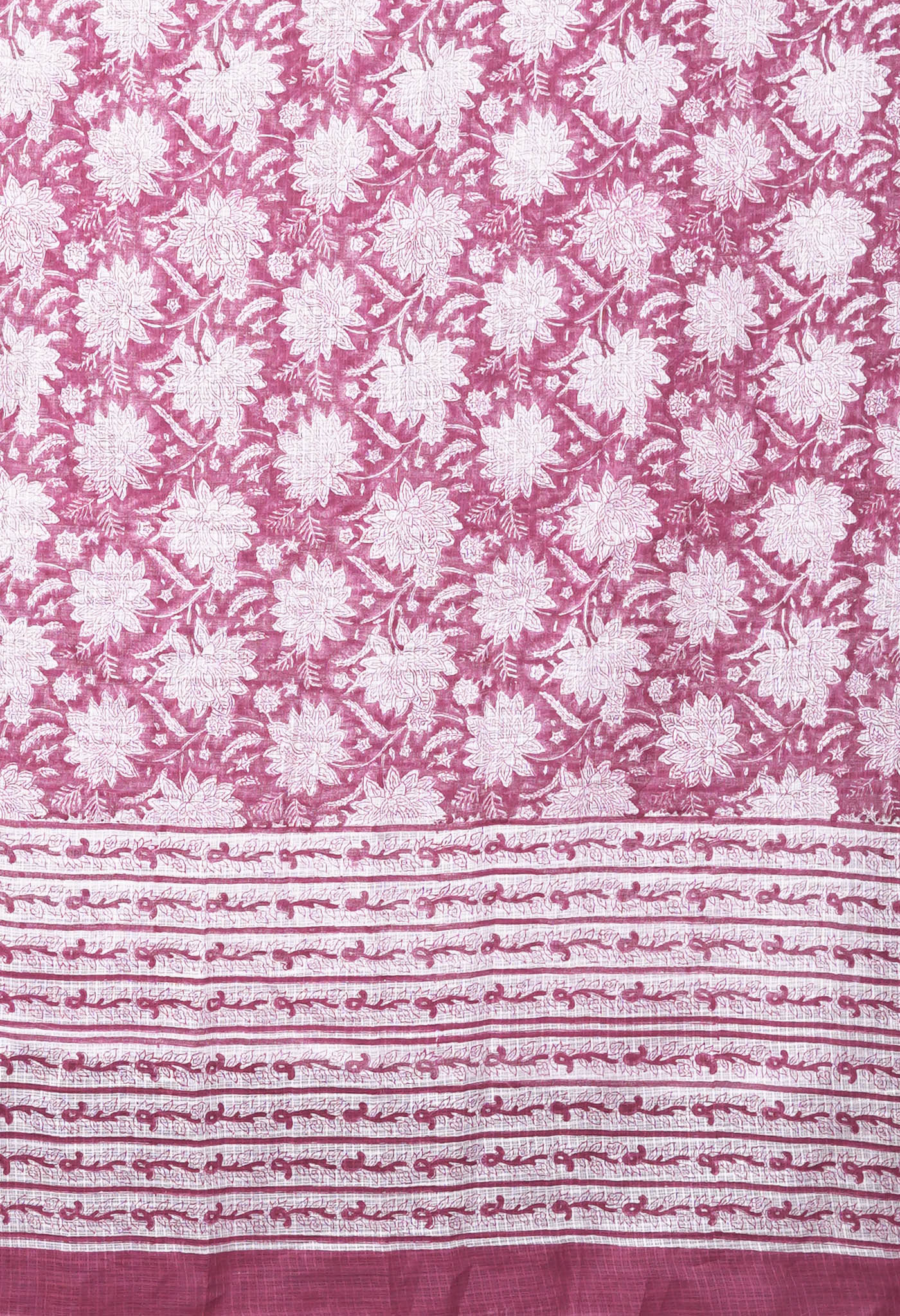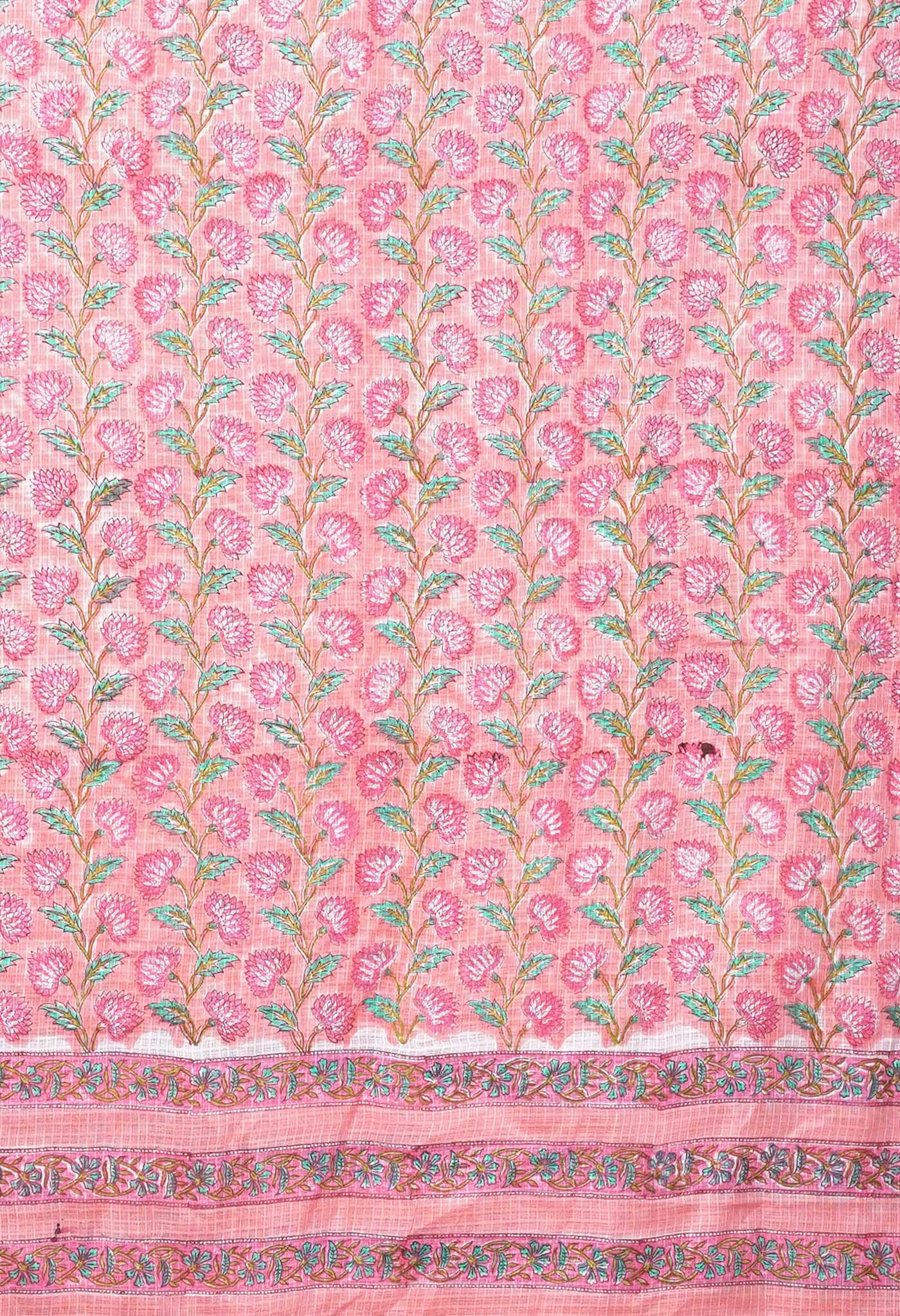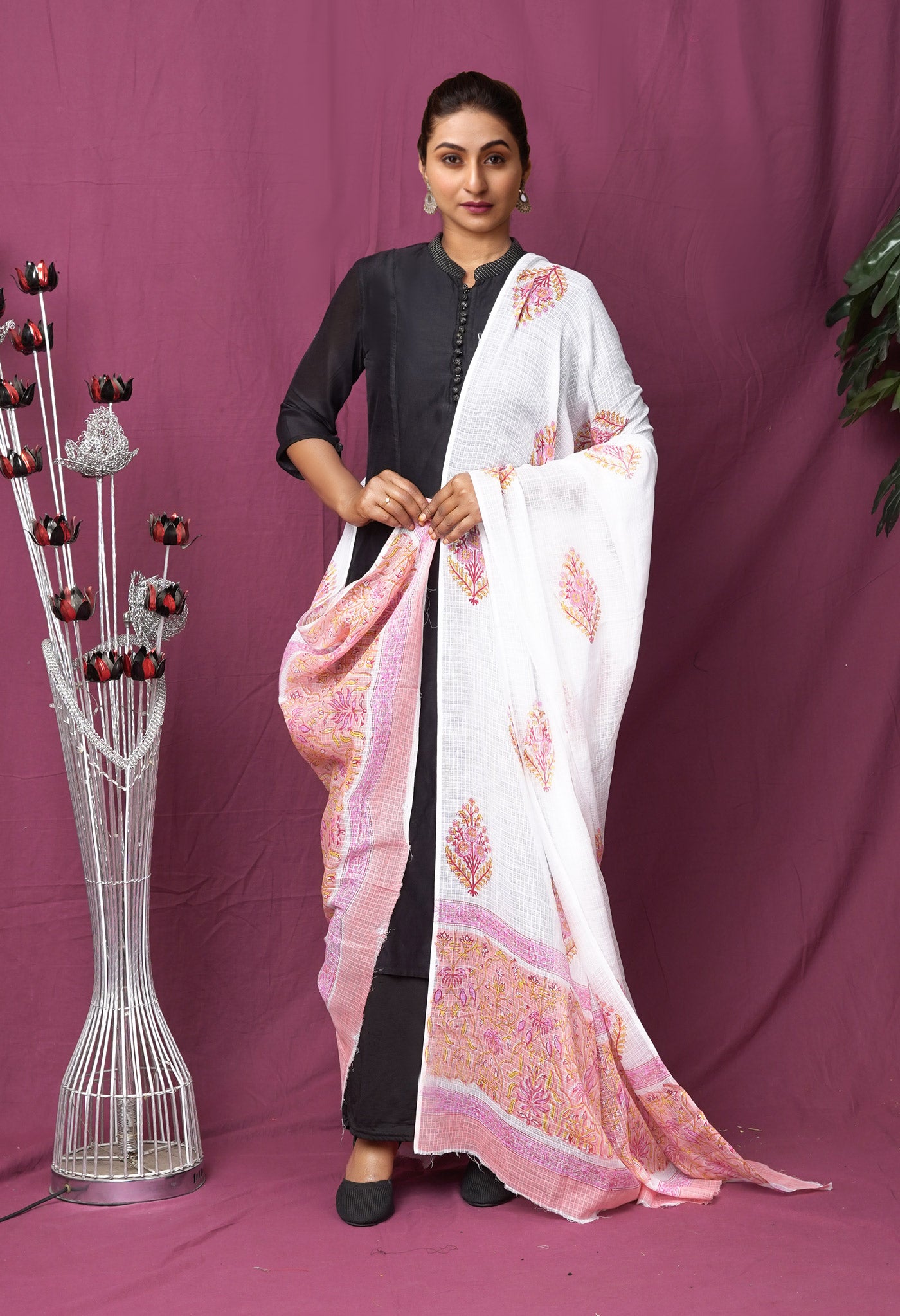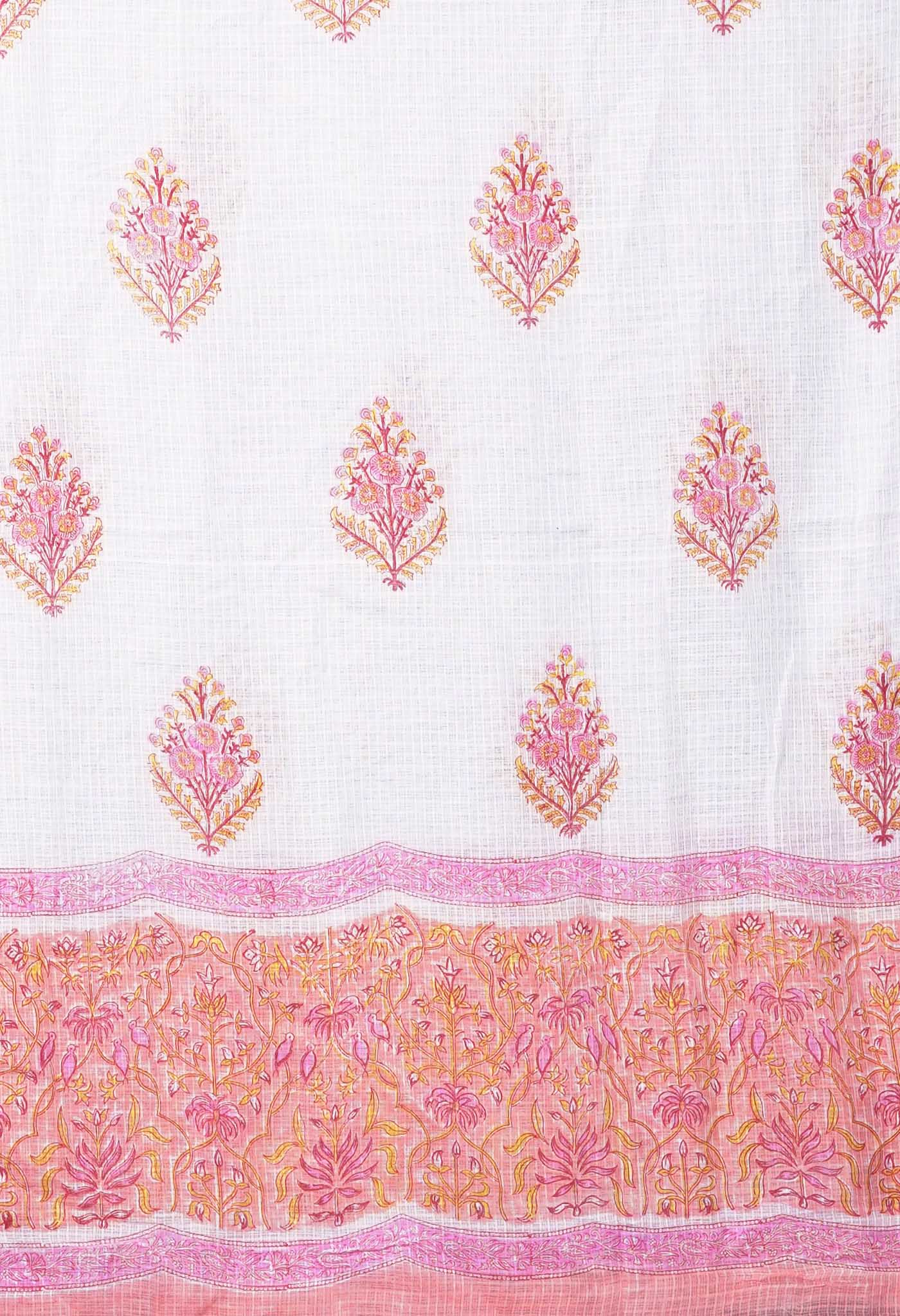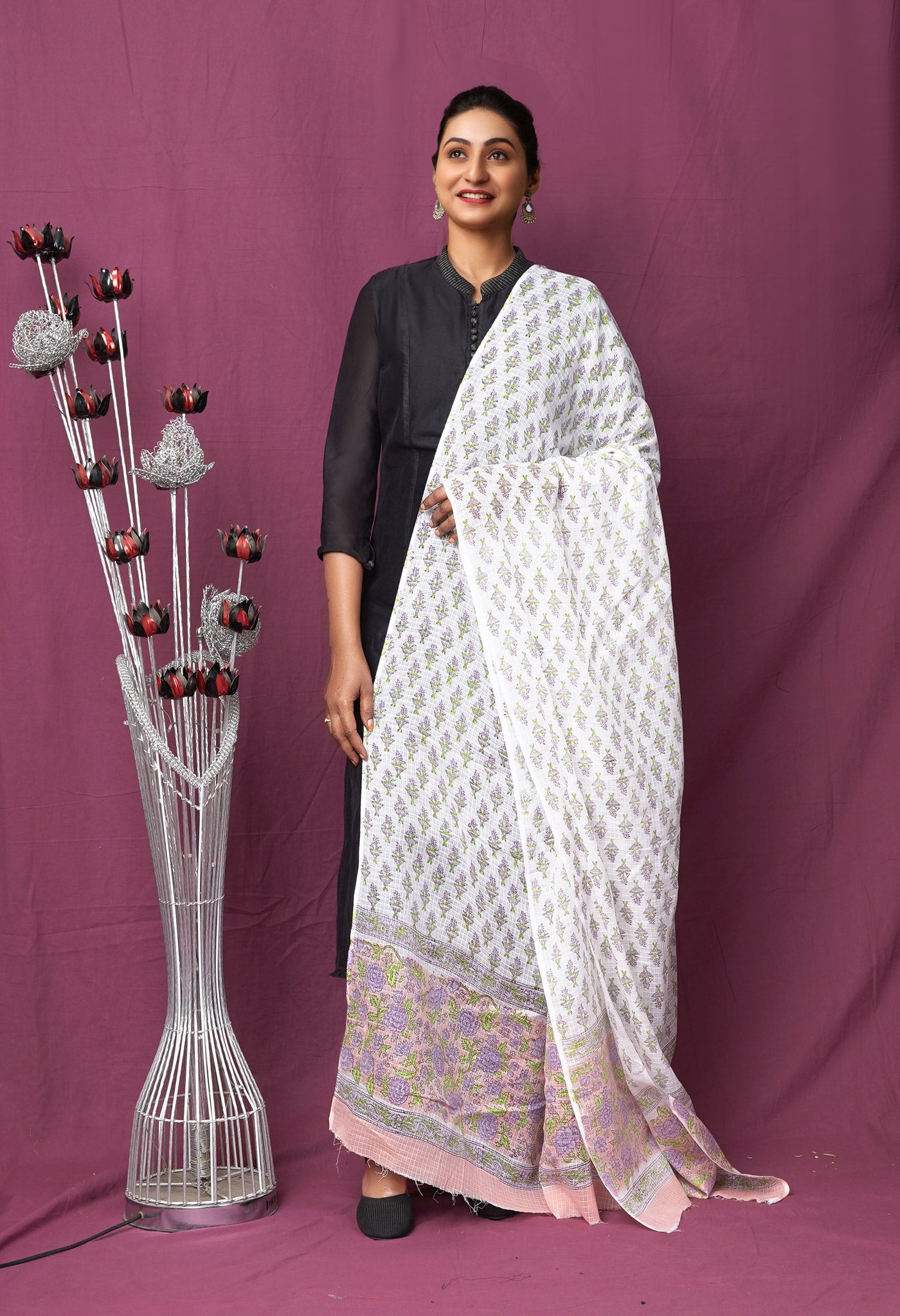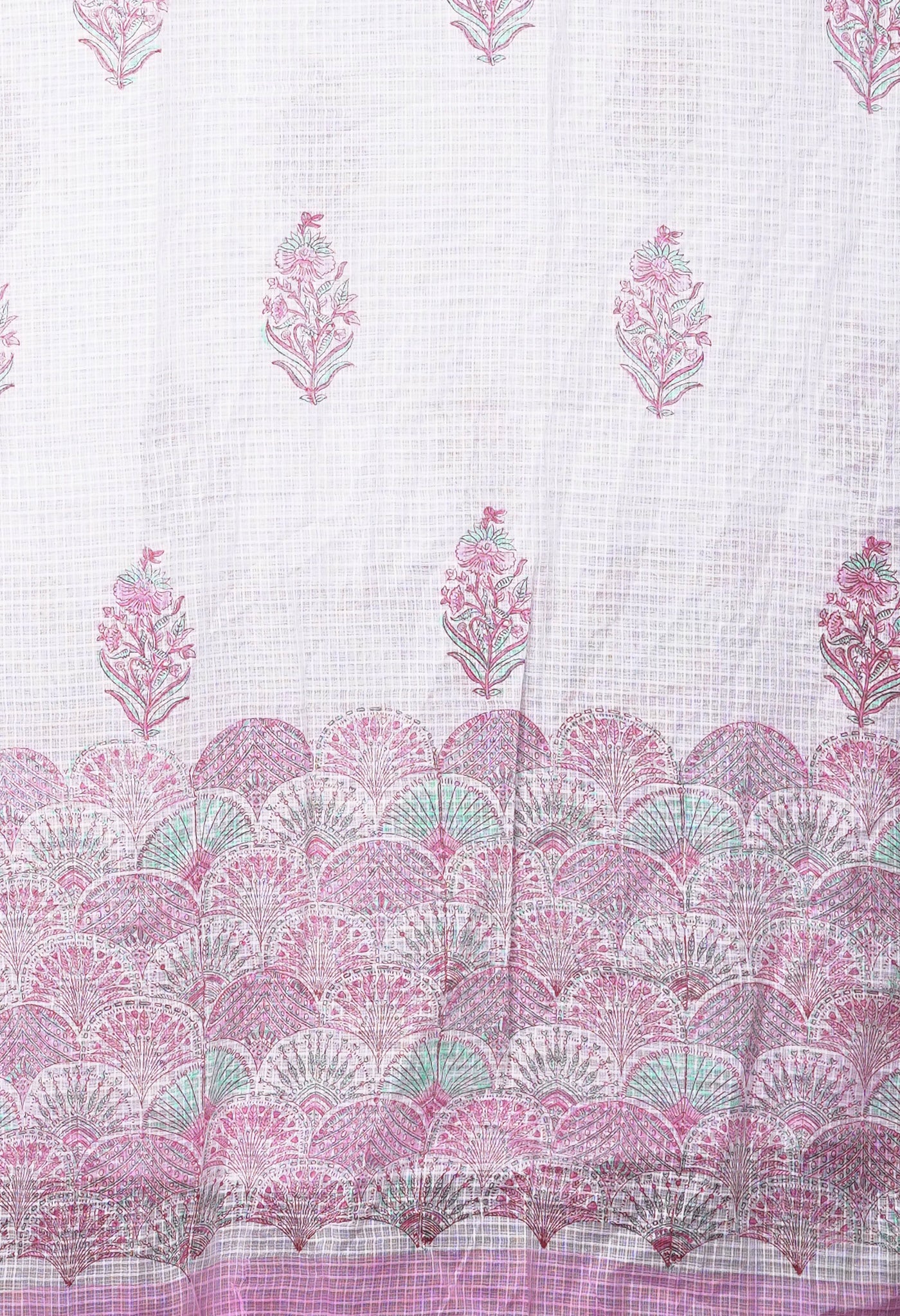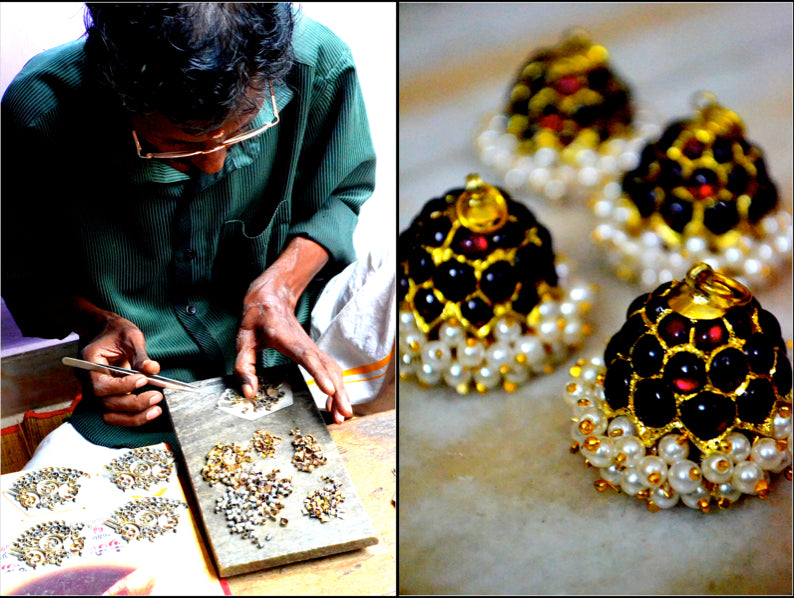
Nagercoil – Land known for its amazing wooden handicrafts
About the town
Known as the temple of the Nagas or snakes, Nagercoil is a town in the district of Kanyakumari, Known as the temple of the Nagas or snakes, Nagercoil is a town in the district of Kanyakumari, Tamil Nadu and is its administrative headquarters. It is almost at the southernmost tip of India. In British times it was for some time in Travancore state but after Independence was included in Tamil Nadu in 1956. and is its administrative headquarters. It is almost at the southernmost tip of India. In British times it was for some time in Travancore state but after Independence was included in Tamil Nadu in 1956. Based on the 2011 census Nagercoil had a population of 224849 and enjoyed an unusual sex ratio of 1050 females to 1000 males, much above the national average of 929 females to 1000 males. The main occupations of the town are agriculture and household industries. Barring a little heat and humidity in summer and a heavy monsoon season, it has a pleasant climate throughout.

The economy of the town hinges on a thriving business of manufacturing fish nets that are supplied to local domestic and export markets. Cottage industries include coir making, the floral trade, handloom weaving, rubber products, food processing units and lace making for exports. Once a strong Congress bastion, the political equations have changed in the last decade or so.
There is not much by way of tourist attraction. The few that visitors to this place visit are:
Nagaraja temple – the Hindu temple worshipping Nagaraja (King of Serpents- Vasuki) is situated at the heart of Nagercoil town. The name for the town Nagercoil originated from this temple. The temple has innumerable statues of serpents. The main deities are Lord Krishna and Nagaraja.

Nagercoil Clock Tower – a special attraction being the 60 foot long chain with a weight, operated with pulleys through gravitational force. The pendulum was made in London as was the designing of the clock being done there in 1893, the Clock Tower being inaugurated to commemorate the visit of the then ruler of Travancore.

St.Xavier’s Church – a Roman Catholic Shrine located at Kottar in Nagercoil. As per the events that occurred, St.Xavier, who was doing missionary work in Kottar and its neighbourhood, by dint of his cross and personal courage, he averted an invasion of the Venad kingdom. The king Unni Kerala Varma appreciated this act and developed a close relationship with the priest. Recognizing his services he gave him a piece of land to build his Church on. Since 1600 this Church dedicated to Mary, Mother of Jesus Christ stands and is now a Cathedral.

CSI Home Church – considered one of the largest and oldest churches in Asia, it carries a rich history of 200 years from 1819. An imposing Greek style structure, it is one of the oldest and biggest Protestant Churches in South India.
Suchindrum and the Thanumalayan Temple,about 6 km from the heart of the town, are famous Hindu shrines for pilgrims from all over South India. Suchindrum especially is unique for its temple that houses the Trinity – Brahma, Vishnu, Maheshwara, and where every night, it is said, the Lord of the deities Indra comes to pray.

Krishnancoil – or where Lord Krishna is the deity is on the way to Thiruvananthapuram, 1.5 km from the heart of the city.
Vana Tirupathi Temple – is a well-maintained temple that houses many deities and is definitely visited by visitors to Tiruchendur.
Rajas Mall – is a special place that youngsters throng to. It is a mall including theatre food court shopping and lots of branded fashion wear shops. There is an air conditioned theatre known as chakravarthi cinemas and has two screens. You also have online ticket booking services and is the considered as the best place for all ages to pass their time.
Ulakkai Aruvi – gives a good trekking experience but safety is definitely a concern. It is generally for the adventurous and sure-footed as the rocks are quite slippery. One can view beautiful waterfalls located in the forest.

Boothapandi avillage, 15 km away, is a very scenic village with rivers and hills all around and favoured a visit by visitors interested in trekking.

Education & Culture
Tamil and English being the major languages spoken and used as mediums of instruction, Nagercoil has long been a centre where education has flourished. There are in fact many schools and colleges that date back 100 plus years. Like Scott Christian College, Scott Christian Higher Secondary School, Carmel Higher Secondary School, Sethu Lakshmi Bai Secondary school etc. No wonder the literacy rate in this town is close to 95 % and women’s education and career development has been on a high.
While Hindu festivals are the most celebrated, Christians being significantly part of the population, Christmas and other festivals are also celebrated. Kerala being neighbours, Malayali speaking population being quite a number, festivals like Onam get their due importance.

Reaching Nagercoil
The nearest airport is Thiruvanthapuram, capital of Kerala, at 68 km and slightly more distant is Tuticorin, in Tami Nadu itself at just over 100 Km. from Nagercoil. Road and rail connectivity from important cities across India is good.
Lodging & Boarding
There are plenty of eateries, bakeries, restaurants to satisfy the palette, while stay is at nominal rates in very many hotels and lodges.
Handicrafts – the main attraction for visitors
Nagercoil is famous for its handicrafts like wood carving, wooden lacquer ware and lace work and embroidery for exports.
But there is one area where Nagercoil’s name shines since traditional times – the making of temple jewellery. It is an art that has been pursued since centuries, especially in the village of Vadasery, now a part of Nagercoil. Be it for the lord at the Srirangam temple or for the presiding deity of the temple in Thiruvendipuram near Cuddalore, the kings of Thanjavur or the devadasis or temple dancers of yester times, Nagercoil is always the first preference.

Story goes that when the Chettiars ruled the southern kingdoms, they possessed immense wealth. Under such royalty, there were Devdasis or temple women who danced specifically only in temple courtyards and only when it was a festival or religious occasion, as this act was to please the Gods and who in turn would bless the kingdom to achieve more wealth and prosperity. These temple dancers had to adorn themselves for this divine performance and naturally were decked with gold ornaments from head to toe. The Chettiars were blessed with a taste in arts, aesthetic sensibilities and encouraged the making of each event as grand as possible. Their patronage saw this tradition of gold ornaments being fashioned for such purpose with immense care and caution, thereby creating a lineage of goldsmiths who would carry on the art through time immemorial.
Unmistakably chosen for the craftsmanship and purity of materials, the outcome of any workmanship leaves the beholders spell-bound. Fitting adornments for those that are worshipped, the devotion and dedication of the makers is laud worthy.
Three centuries ago when the chieftains of Ramnad and the Rajas of Chettinad required gold ornaments for the royal house to offer the deities, it was made from pure gold.

Lack of easy availability and economics, has led to silver replacing these ornaments for decorating the temple gods and goddesses. Traditional weddings also saw individuals who could afford and those who wished to, used gold ornaments but in limited quantity. While desires have no end, cost always limits the adornments to sensible, bearable spending.
Today, “temple jewellery” made in Vadasery has come to mean jewellery made in silver covered with gold leaf or dipped in gold and generally follows the age-old method. But the deep red rubies imported into Tamil Nadu, the green emeralds and the dull glaze of uncut diamonds have been replaced by the glitter of imitation stones.
In Vadasery, many of these age-old designs are still fashioned.“Temple jewellery is unique to Vadasery. It is the only place in the country where this is made. There are 52 families engaged in the craft in this village, 300 craftsmen in all,” says the Director, Handicrafts, Office of the Development Commissioner (Handicrafts) in Nagercoil.

The demand for such jewellery is not only domestic but from overseas countries like Singapore, Australia, UK and the US as well.
The traditional process of making the frames (now in silver), twisting the silver wire into designs, fixing the wax, embedding the stones in it and covering the silver with repeated layers of gold leaf, is still followed by the artisans. But gradually the workmanship is getting diluted due to a whole world of woes faced by the workmen. Even today despite advancements in most fields, this art still depends upon the skill of the hands. Only silver strips are made by machine, everything is else done by hand.
Just like some of the intricate work undertaken by skilled ethnic practitioners in detailed work, these handicraft workers are also doing miniature carving in excellence. Poor wages, unreliable fruits for their toil, power cuts, failing eyesight because of the nature of work, are all major deterrents to a passion that is fading fast.

Some of the marginal improvements in recent years have been the obtaining of the geographical Indication tag, the provision of designs and marketing facilities. Health Insurance and welfare schemes have also been introduced. But the real pitfalls lie in the lurking threats of irregular electricity or power cuts, meagre credit, exploitation by middle men, unstable prices of raw materials, and cheap imitations made in other towns. The first generation of women has entered the craft — they make the silver foil. Most of the temple jewellery in Vadasery is made to order.
Theirs is a quality that has been handed down from generation to generation, banking upon the grasp and adaptability of the learners at each stage, yet this tradition has survived century upon century for a very long time because of dint and diligence combined with a native intelligence that classroom pedagogy cannot match.

Some Govt. Initiatives
In 2010, the Tamil Nadu Handicrafts Development Corporation Limited came out with a Citizen Charter whose main objective was to improve, develop and promote handicrafts and to protect the welfare of the artisans of the state.
Known officially as CITIZEN CHARTER 2010 ©Government of Tamil Nadu 2010, it had the following objectives stated.
- Marketing of handicrafts
- Provision of employment opportunities to artisans
- Training
- Recognition of Craftsmen
- Welfare measures for artisans
1. Marketing of handicrafts
The Corporation caters to the requirement of the general public for handicrafts by selling the various artefacts produced by the artisans through its large net work of 18 showrooms and also by organizing various exhibitions during local festivals and other important occasions. Known as Poompuhar Sales Showrooms any craftsperson of Tamil Nadu who produces handicrafts can approach the officers for marketing his/her products through the Poompuhar Sales Showrooms and through the various exhibitions organized by the Corporation. In addition to sale of handicrafts through its showrooms and exhibitions, the Corporation has set up two Urban Haats in Tamil Nadu, one at Mamallapuram near Chennai and another at Kanyakumari so as to facilitate the artisans to directly sell their products to the consumers.

2. Employment Opportunities for artisans
The Corporation runs Production Centres in the crafts of brass lamp making, bronze icon making, Art Plate making, Wood carving and Stone carving at Nachiarkoil, Vagaikulam, Swamimalai, Madurai, Thanjavur, Kallakurichi and Mamallapuram. The artisans are provided employment opportunities through these Production Centres. Those artisans who seek employment in the production of any of the craft mentioned could approach the Officers listed.
3. Training
The Corporation provides training for acquiring various skills in the production of craft items. Those who want to acquire the skill in the production of these craft items could join the training programmes organized by the Corporation periodically and get themselves proficient in these craft skills which would enable them to take up production of handicrafts as an occupation. During the training period, the trainees are paid stipend by the Corporation.

4. Recognition of their Talent
National Award and Poomphuhar State Award In Tamil Nadu have been instituted to Master craftsmen at the national and State level respectively. Proficiency in Crafts of Bronze icon making, Stone carving, Wood carving, Kalamkari painting, Glass painting, Temple Jewellery and Korai Fine Mat weaving are considered and Awarded.
At the National level, a cash prize of Rs.1.00 lakh, a copper plaque and an angawasthram are being given. This Award is presented by the President of India. The Government of India has also instituted the Shilp Guru Award that is awarded to highly talented master craftsmen. On the same lines, the state conducts the 'Poompuhar State Award Competition' every year to recognize the talent and honour the best among them. Apart from a cash prize, a silver medal and a certificate are given to the winner.
5. Welfare Measures introduced
Health Insurance Scheme – Known as the Rajiv Gandhi Shilpi Swastiya Bima Yojana Scheme, the family of four members of an artisan can avail out patient facilities upto a maimum of Rs.15000/- per annum. Under the scheme from 2009-2010 onwards, the State Government is remitting the share of premium payable by 10,000 handicrafts artisans.
Raw Material Bank - A large number of artisans are practicing the crafts of Bronze Icon making and Brass Lamp making in Swamimalai and Nachiarkoil respectively, in Thanjavur District. The essential raw materials required for these crafts are Brass, Copper, Zinc, Lead and Tin.
To ensure uninterrupted supply of quality raw materials at reasonable prices to the artisans engaged in Bronze Icon and in Brass Lamp making, the Corporation has set up a Raw Material Bank at Swamimalai so that there is no dependence on middlemen and traders for their requirement of raw material.For this scheme, financial assistance has been availed from the Development Commissioner (Handicrafts) of India. Freed from the clutches of middlemen they can increase their production capacity. This will ultimately increase their earnings.
Tamilnadu Handicraft Workers Welfare Board
Based on the felt need, the Govt. has established Handicrafts Workers Welfare Board with the Hon’ble Minister for Rural Industries as its Chairman. Some of the welfare schemes that have been implemented for the benefit of Handicraft Artisans are:
- Accident Death – for which Rs.1,00,000 would be paid to the artisan’s family
- Accident Disability – Based upon the disability, a certain sum would be paid to the artisan
- Assistance on Natural Death – for which a sum of Rs.15000 would be paid to the family
- Funeral expenses – a token sum of Rs.2000 would be provided for the same
- Assistance for Education and Hostel expenses (where applicable)
- Assistance for Marriage
- Assistance for Maternity ( for female workers)
- Pension Scheme
This was the initial set-up. In subsequent years other schemes and the amounts for existing schemes have been considered.

Unnati Silks and handlooms
Unnati Silks has throughout had a good innings in handlooms , an association that dates back four decades. Its reach is not restricted to one area or corner, but has spread to all corners of India since long. Pioneered by a man who lives and breathes handlooms, Mr.Devender Ladha started much before he officially launched Unnati Silks in 1980. Knowing the worth of handlooms , acknowledging the talent and prowess of these talented craftsmen and artisans, the idea of handlooms came to him while he was still in college.
Unnati has silently marched over the years, lapping up every variety in its wake, through a strong bonding and deepening friendship of a large community across India and brought them under one roof since a very long time.
Unnati Silks has brought almost all varieties of handlooms that are woven across the country under one roof, simply because the worth of a handloom saree
lies in the excellence in the creation of the product. It is this discernment, the belief, the faith in the craftsmanship of the ethnic artist in his work that has been the foundation of a very strong and lasting association with the weaving community for close to four decades.
The handlooms of Nagercoil, the lace embroidery work are all part of a large and varied collection at Unnati, that includes silk, cotton, and other fibre fabric weaves that have created a trust and loyalty that endures to this day.
Unnati Silks salutes the handicraft and artisans fashioning temple jewellery for the similar efforts to sustain and keep alive a fine tradition despite all the hardships they face.
[gallery size="medium" ids="16614,16615,16616,16617,16618,16621,16620,16622"]
[/vc_column_text][/vc_column][/vc_row][vc_row][vc_column][vc_btn title="Shop Online for Nagercoil, Tamil Nadu Handlooms" color="info" link="url:https%3A%2F%2Fwww.unnatisilks.com%2Fsarees-online%2Fby-indian-states-sarees%2Ftamil-nadu-sarees.html||target:%20_blank"][/vc_column][/vc_row]



